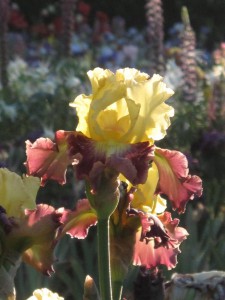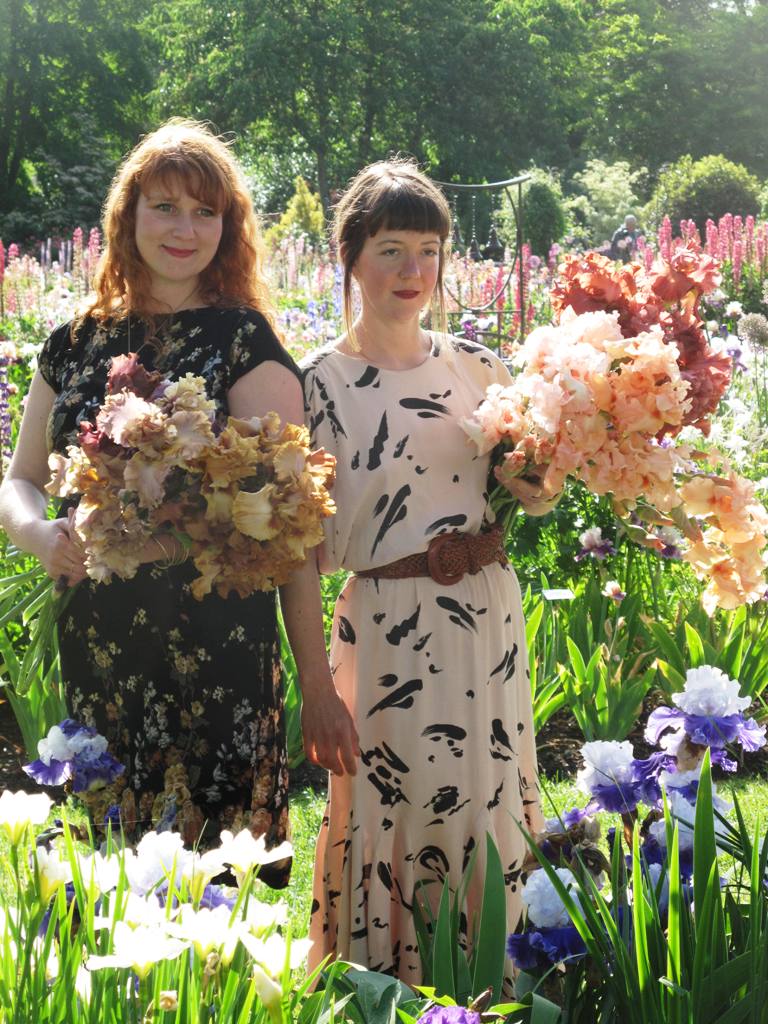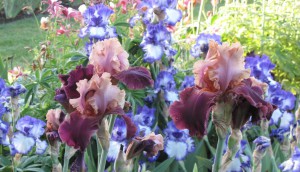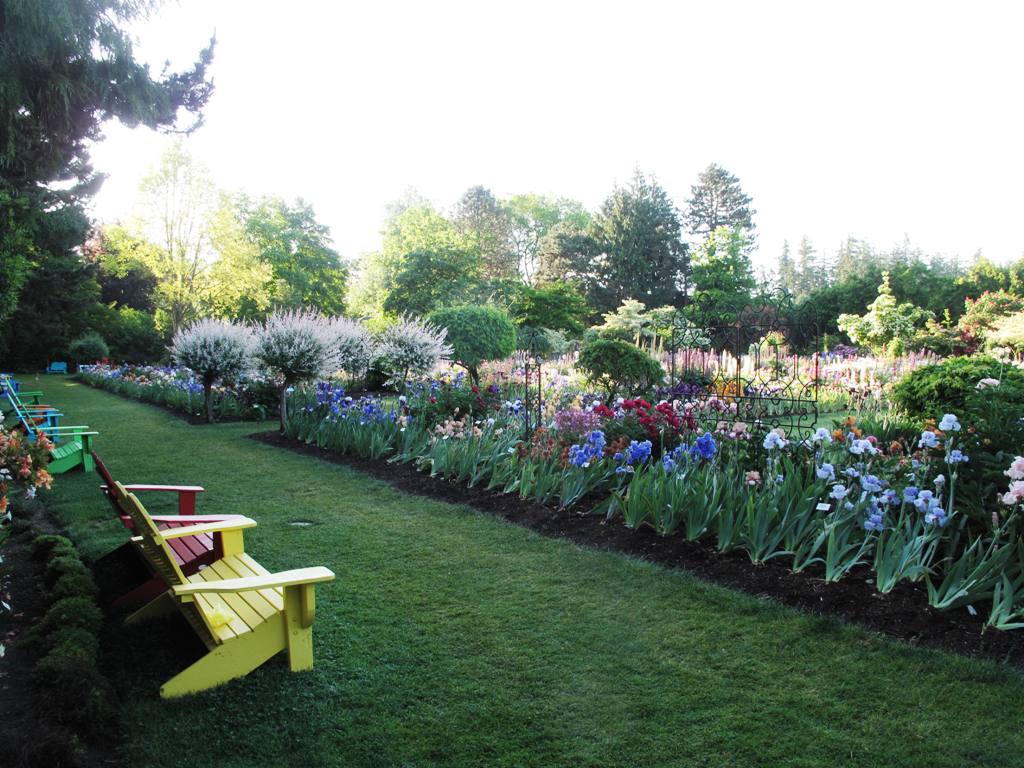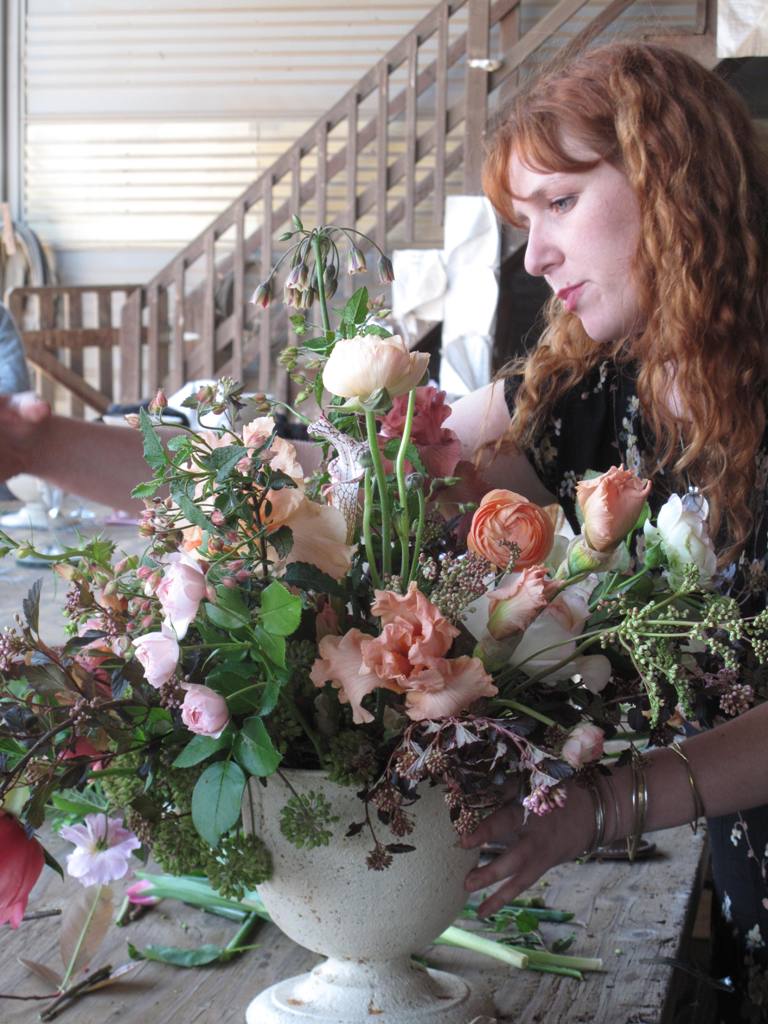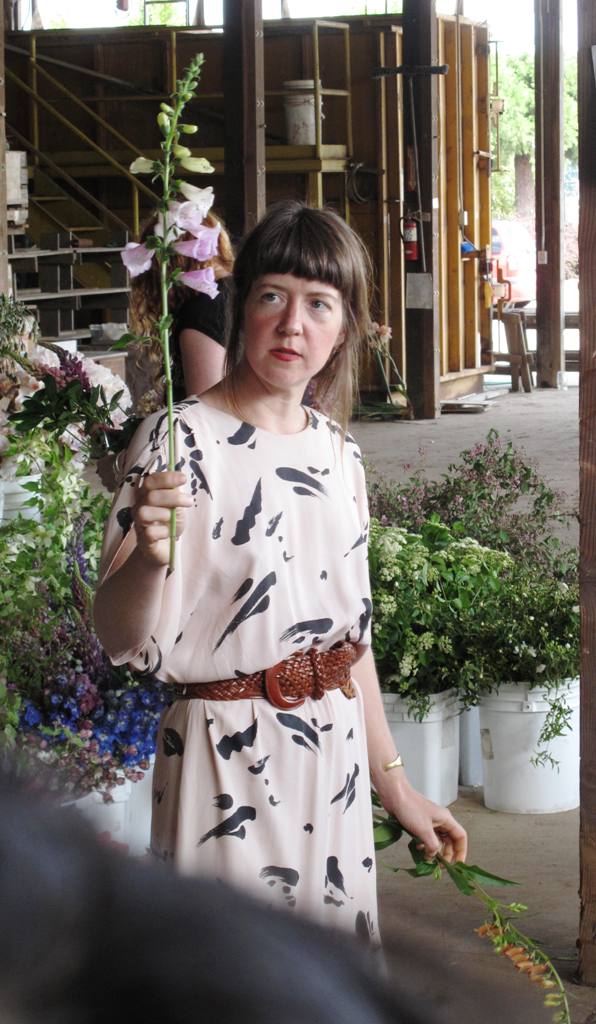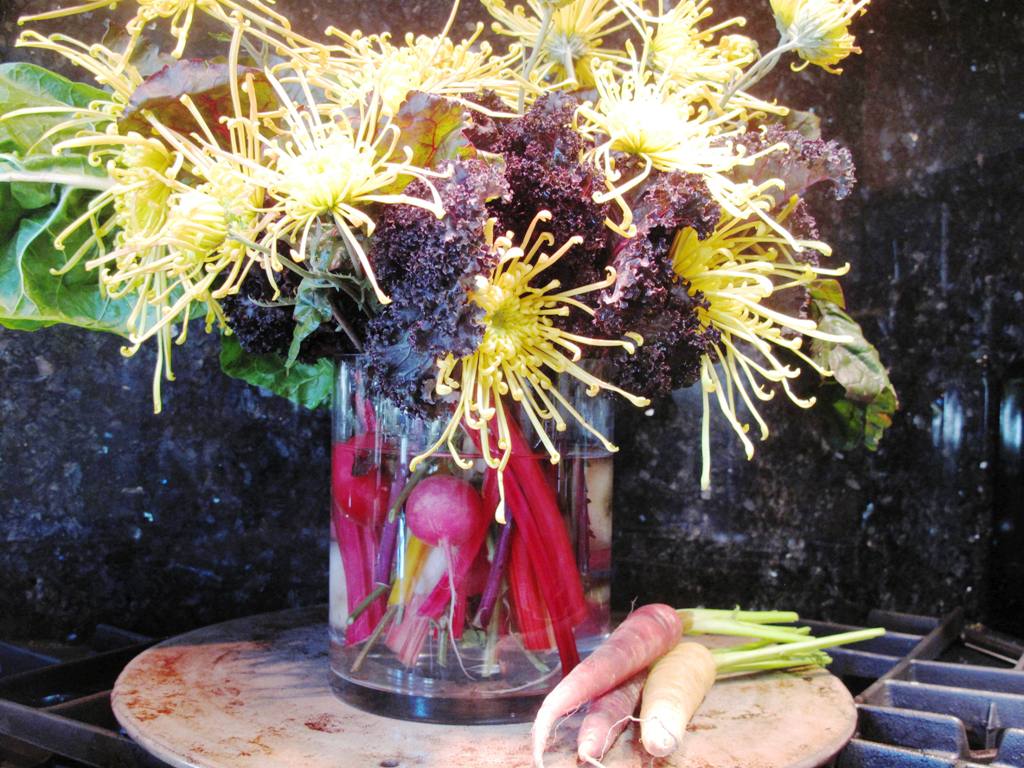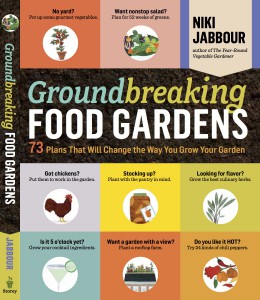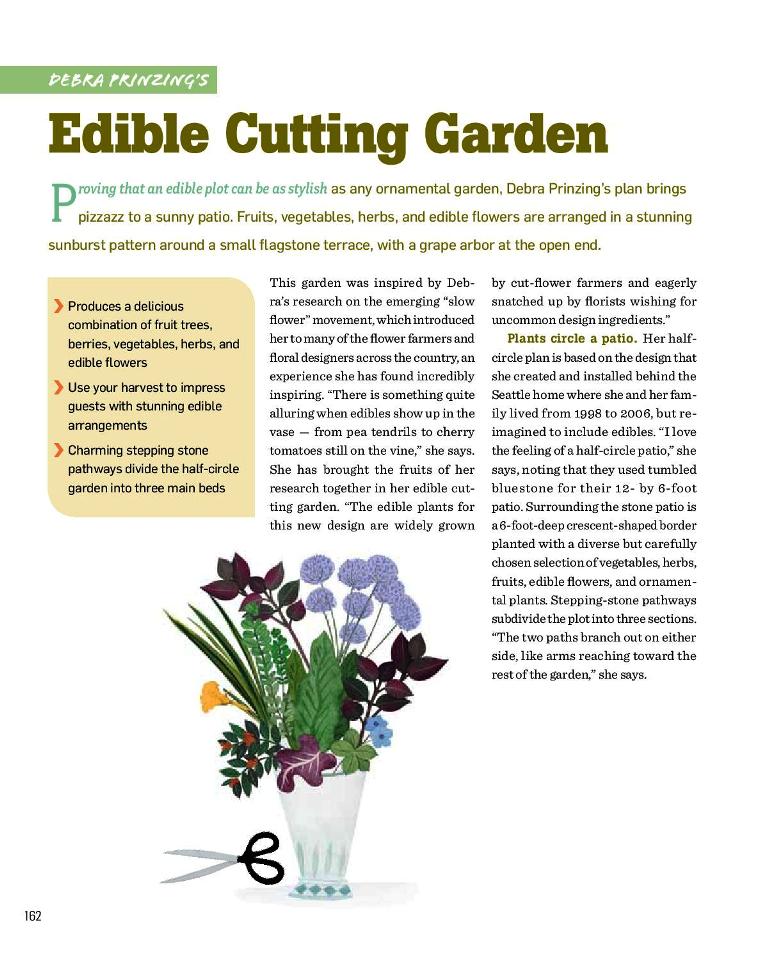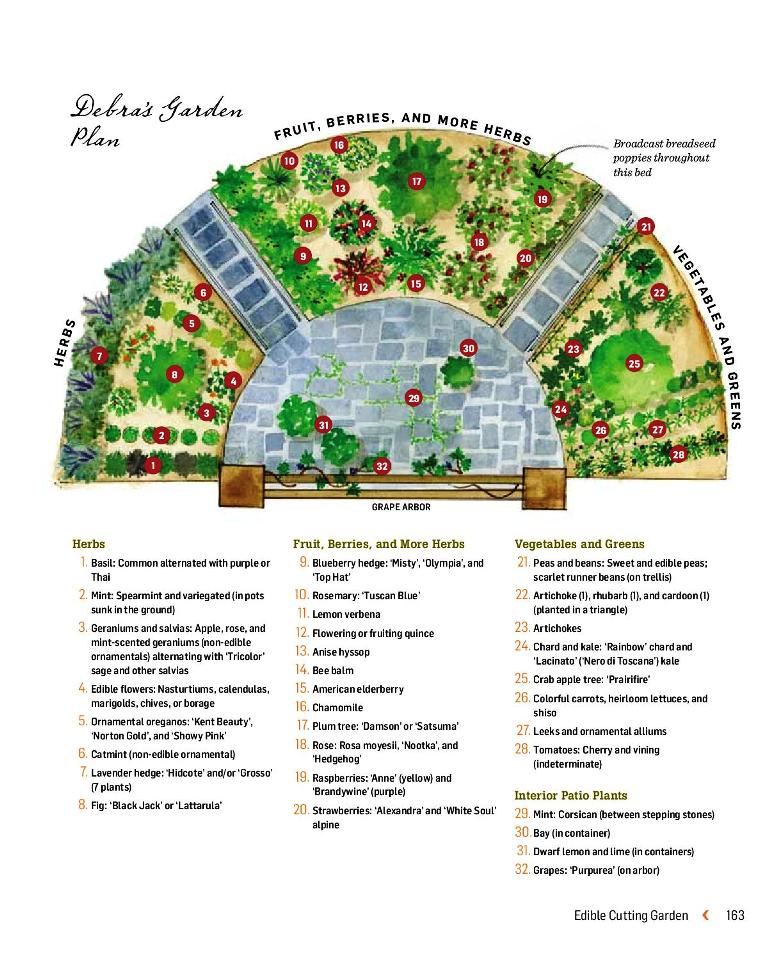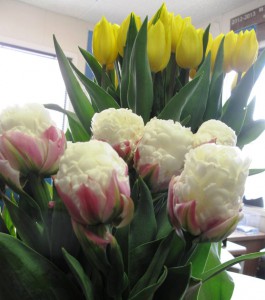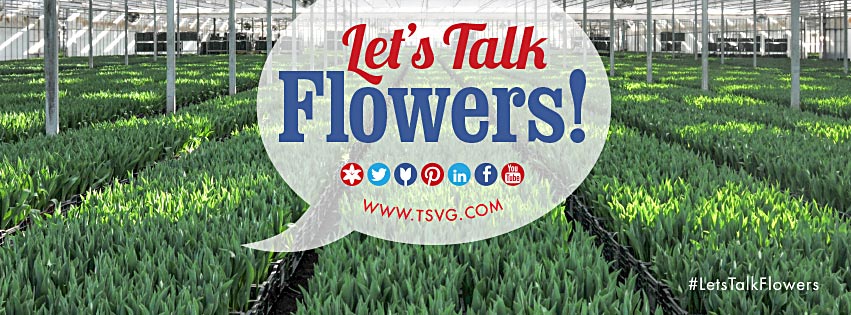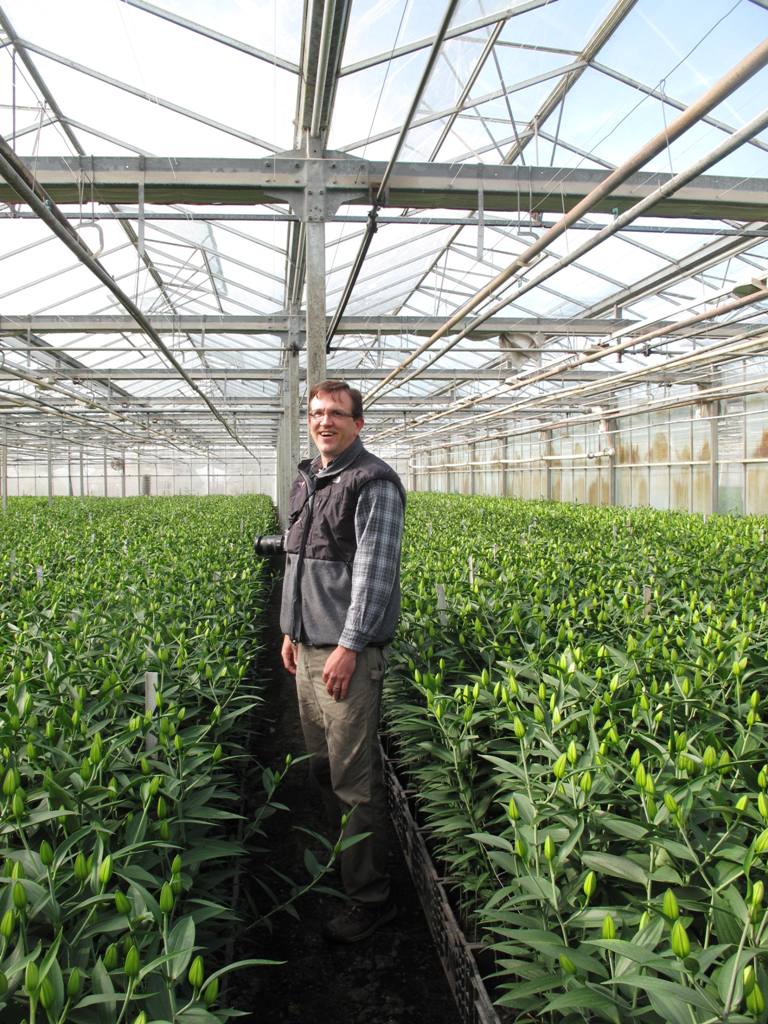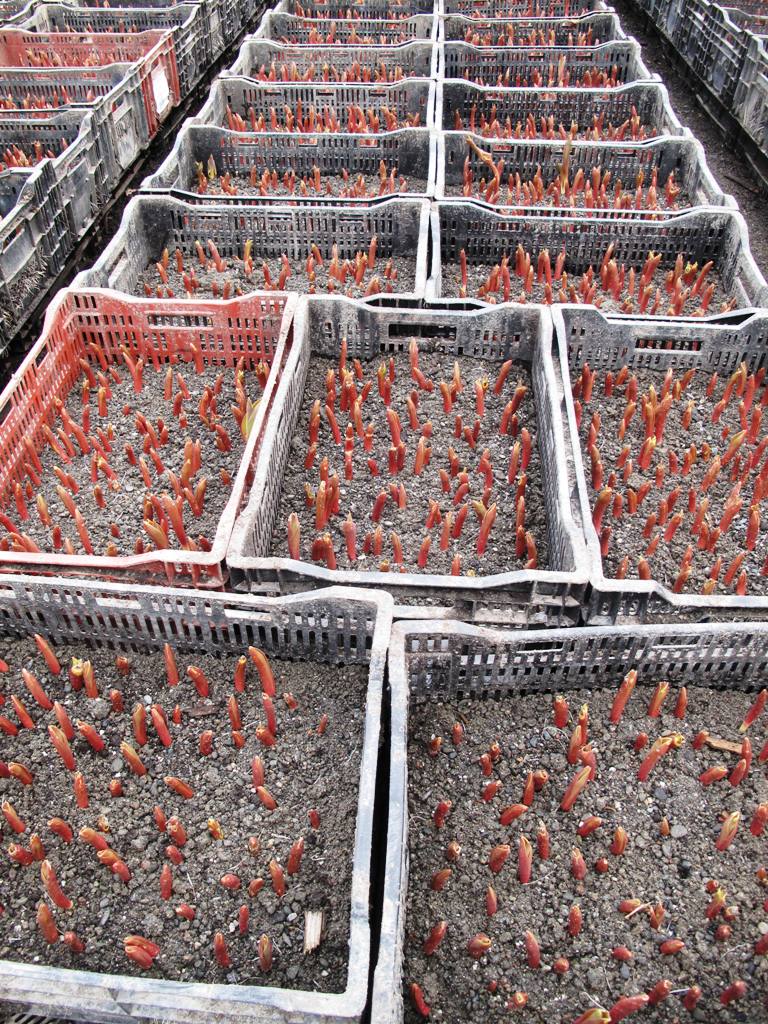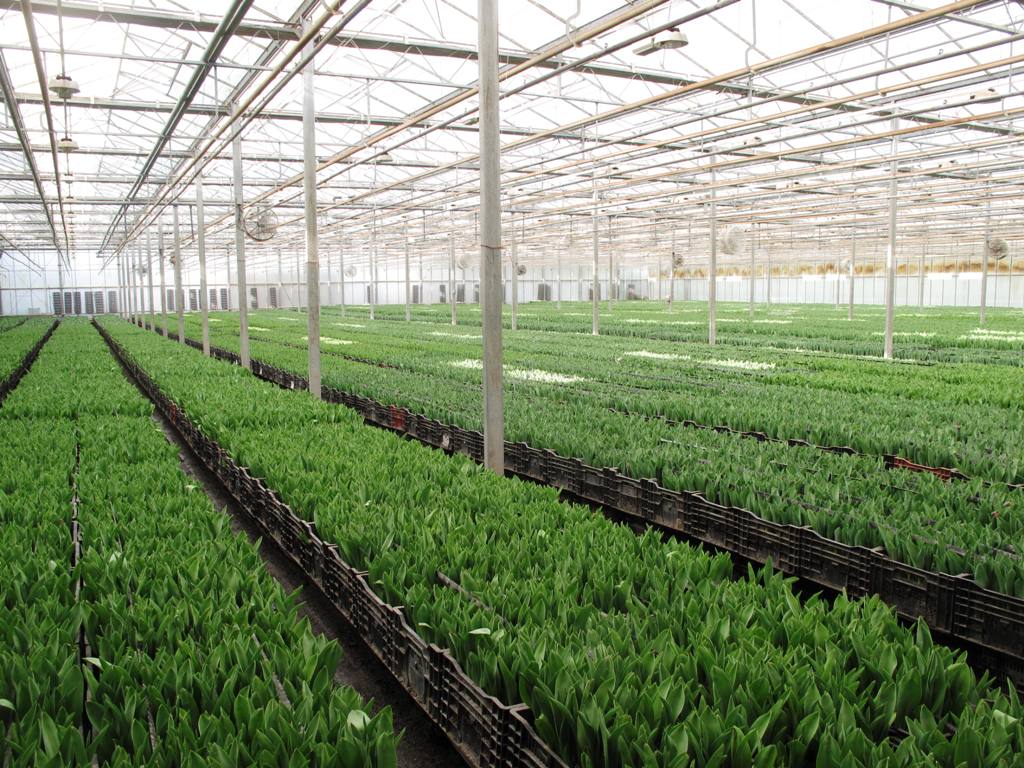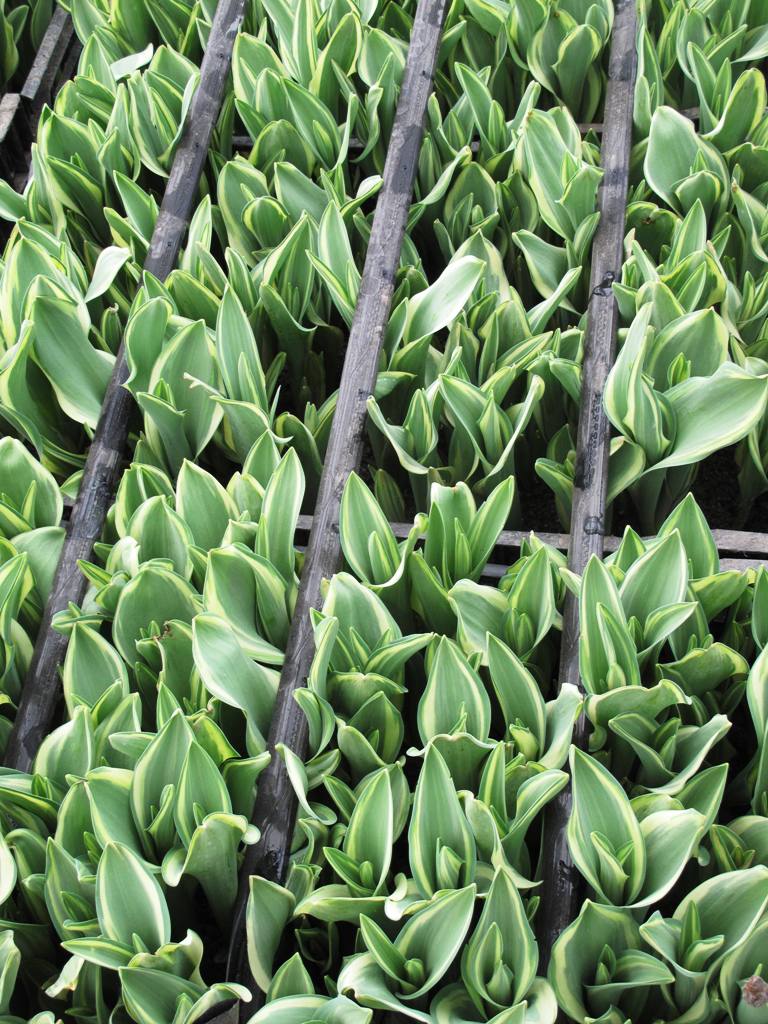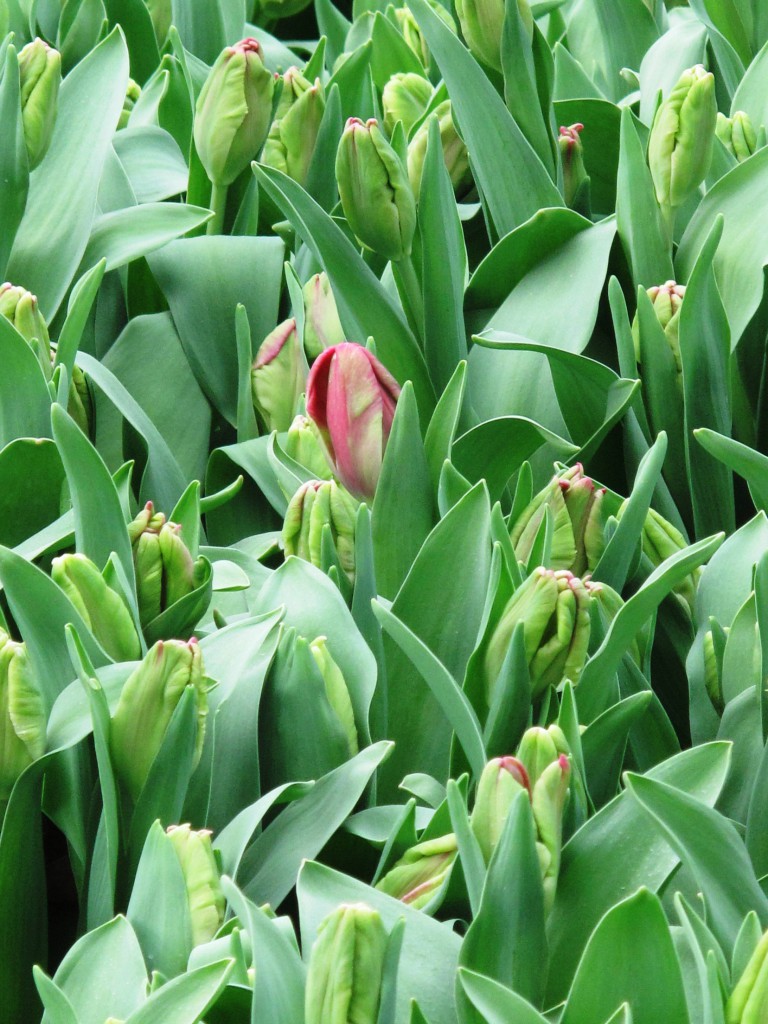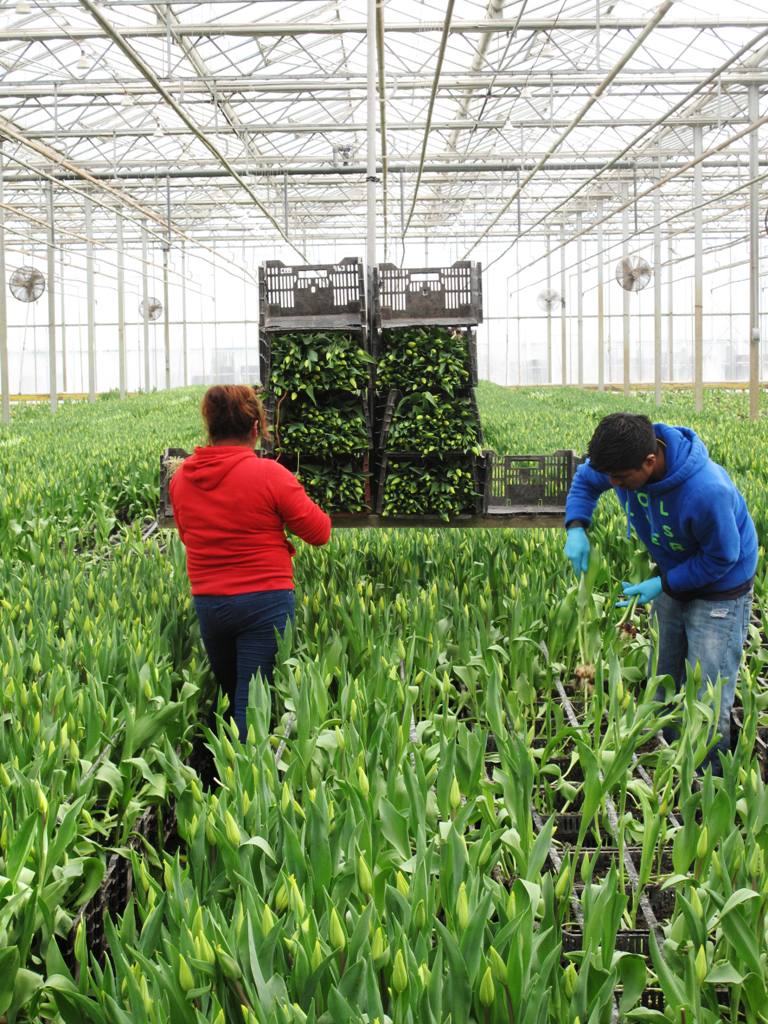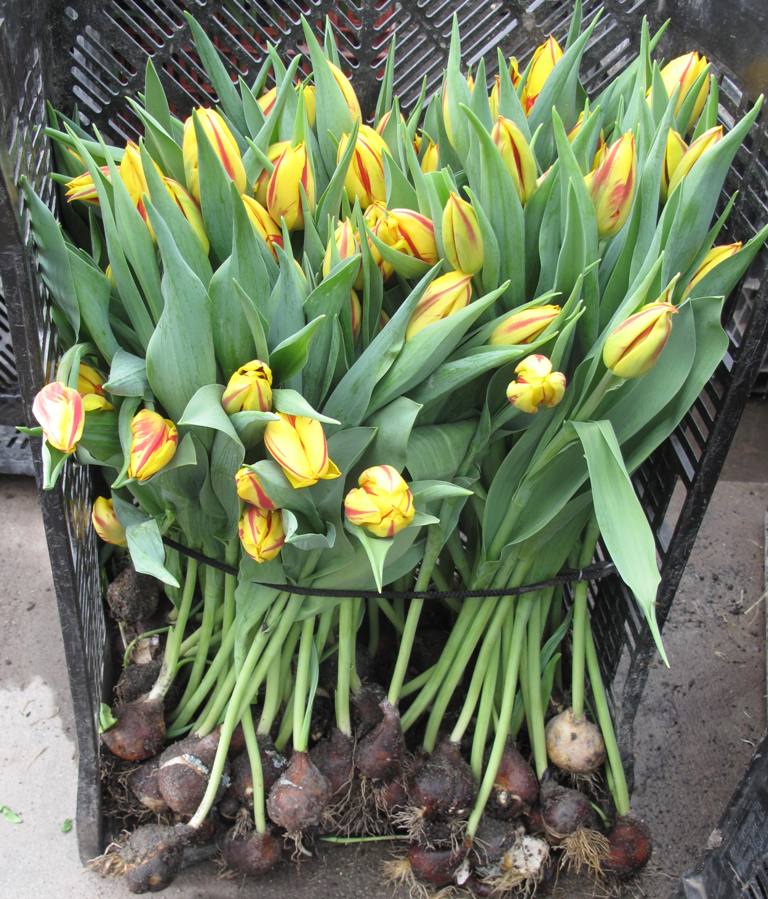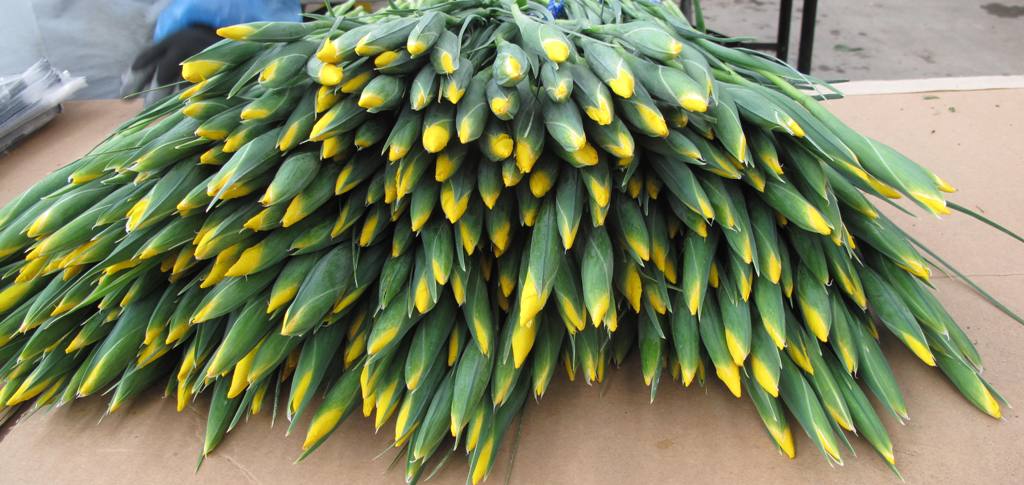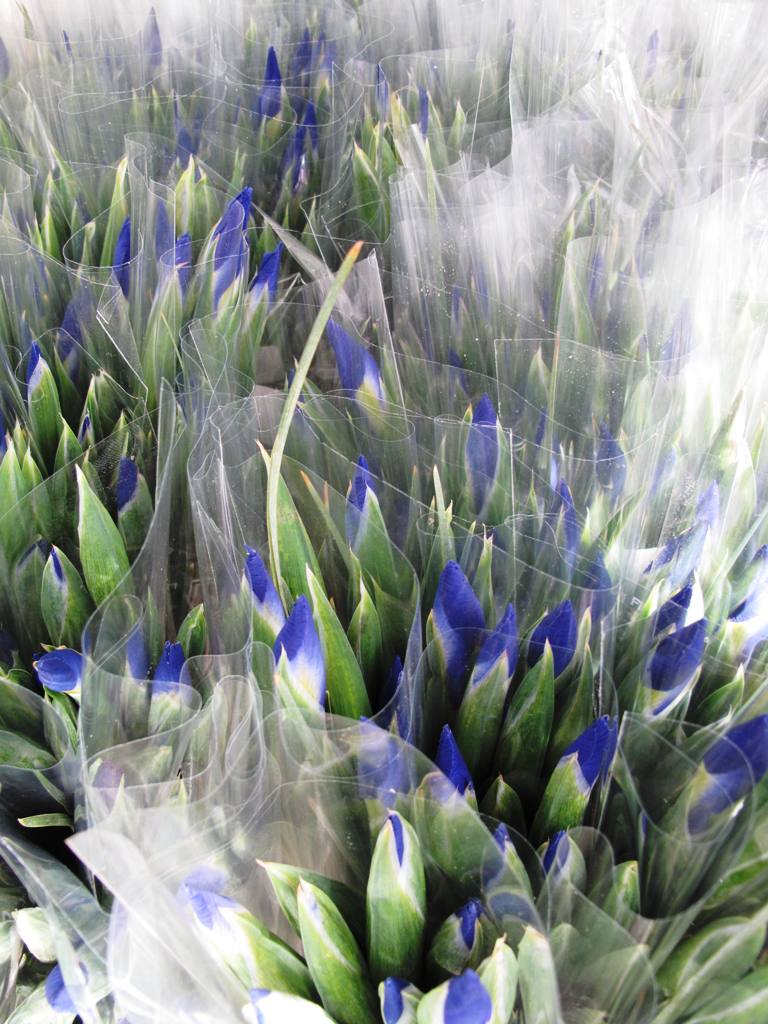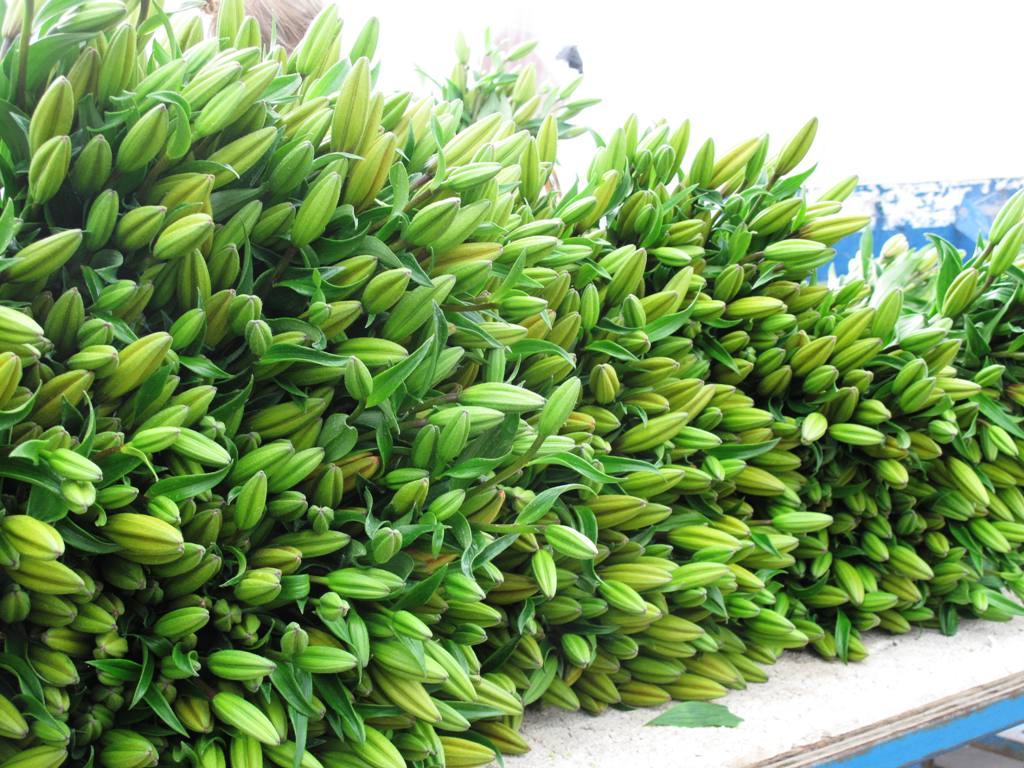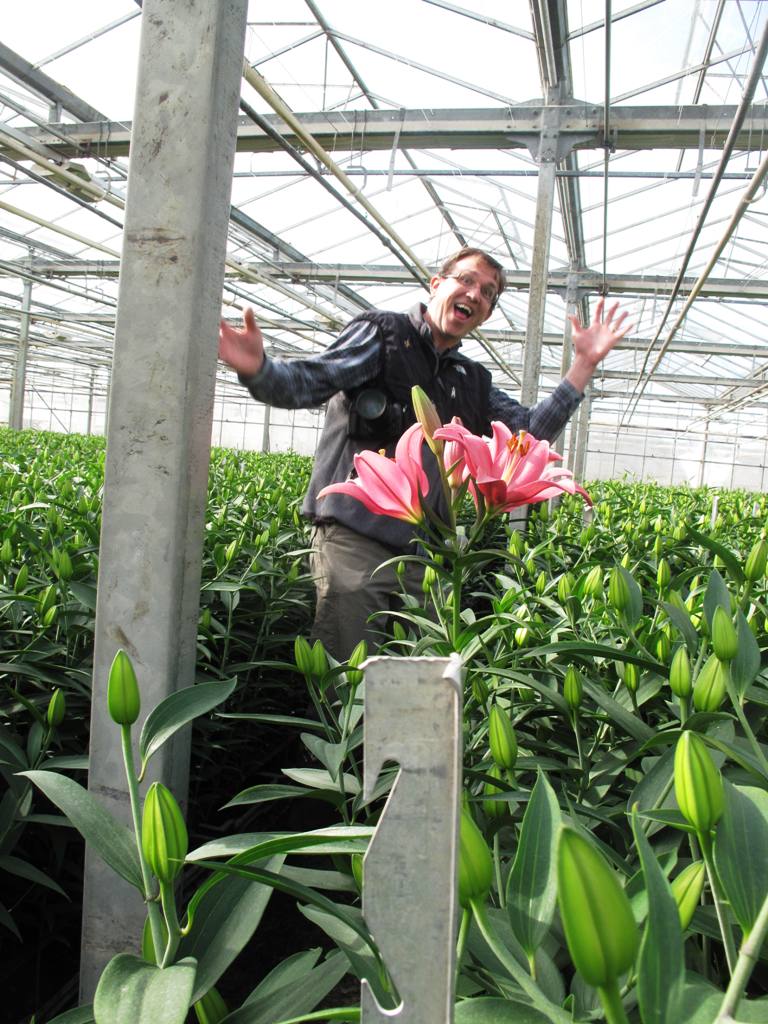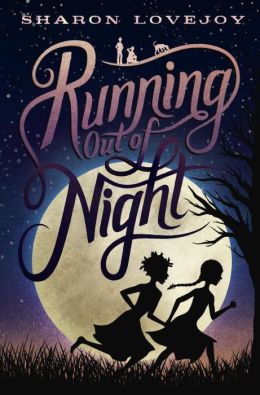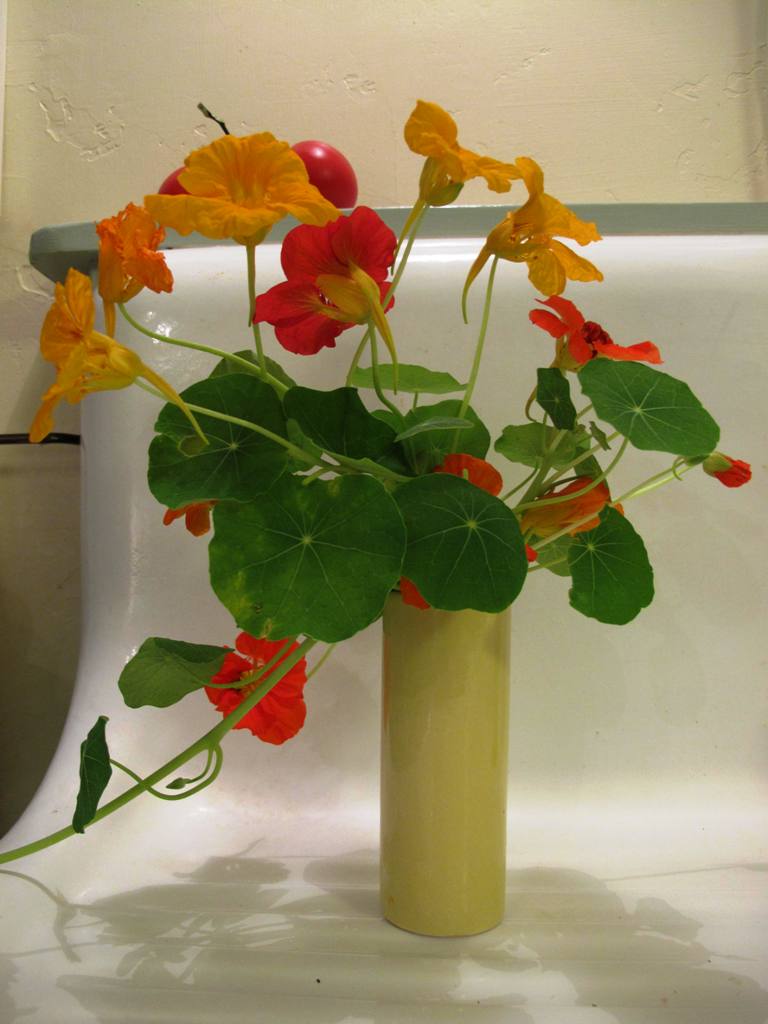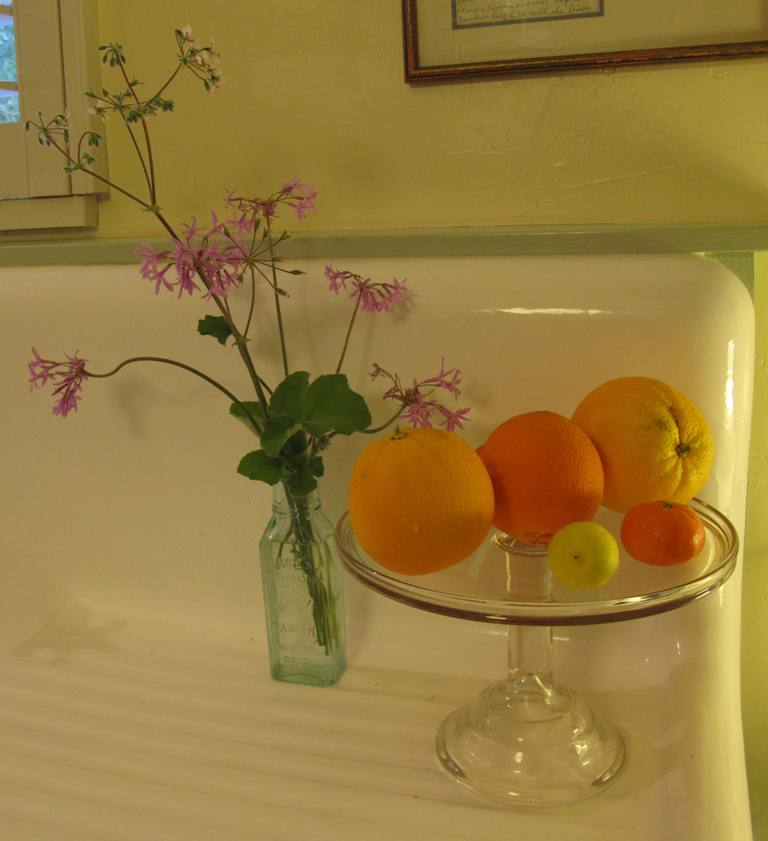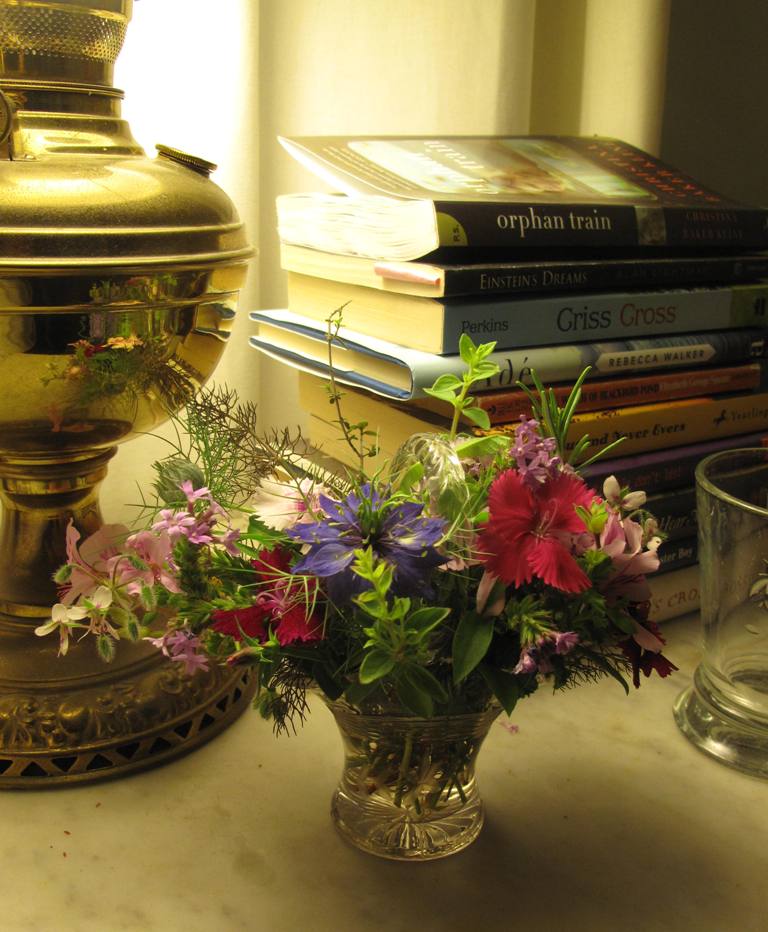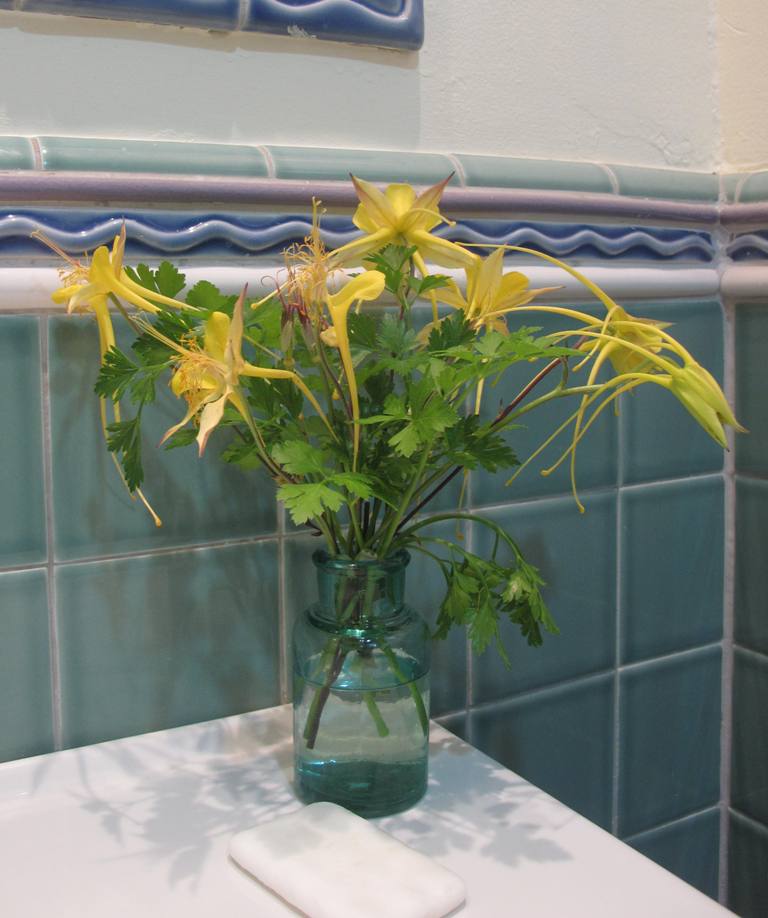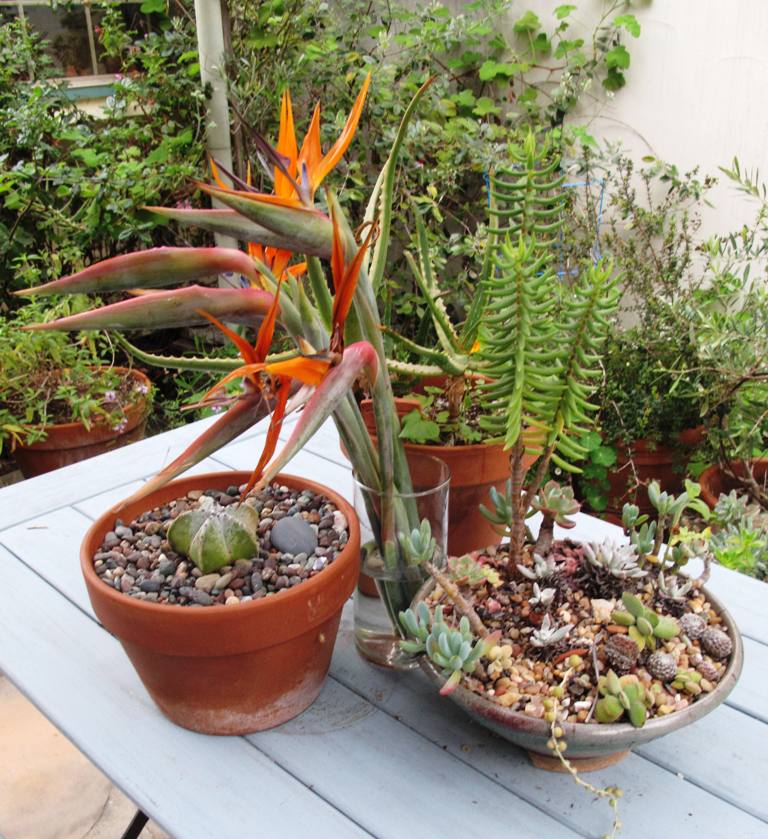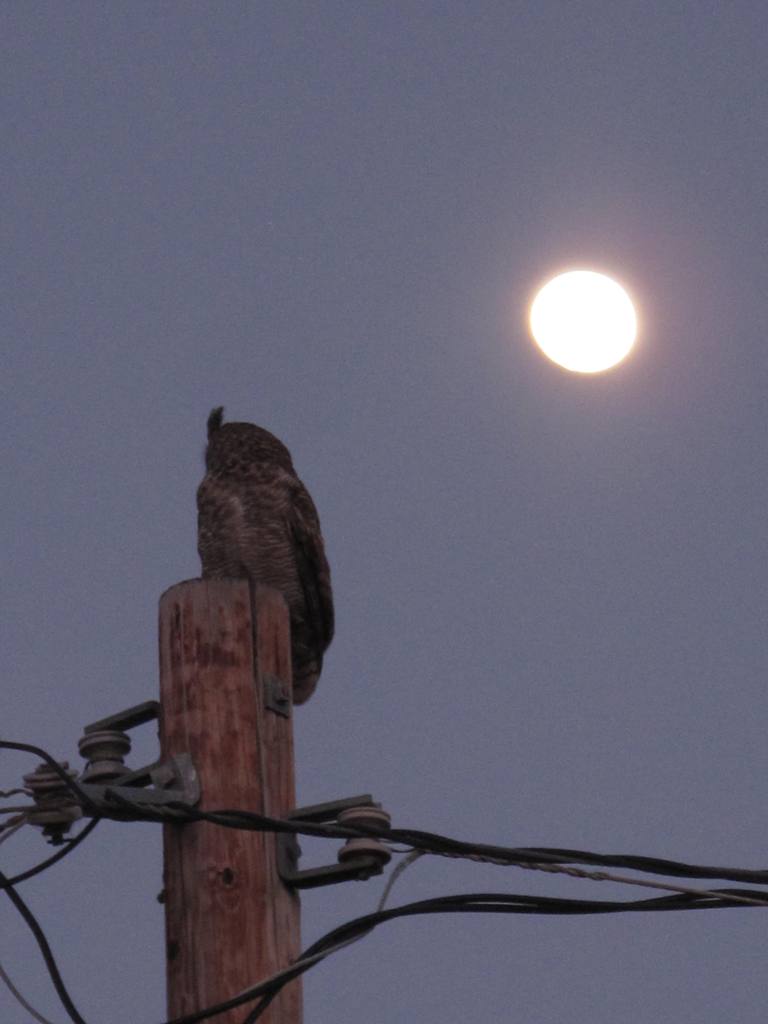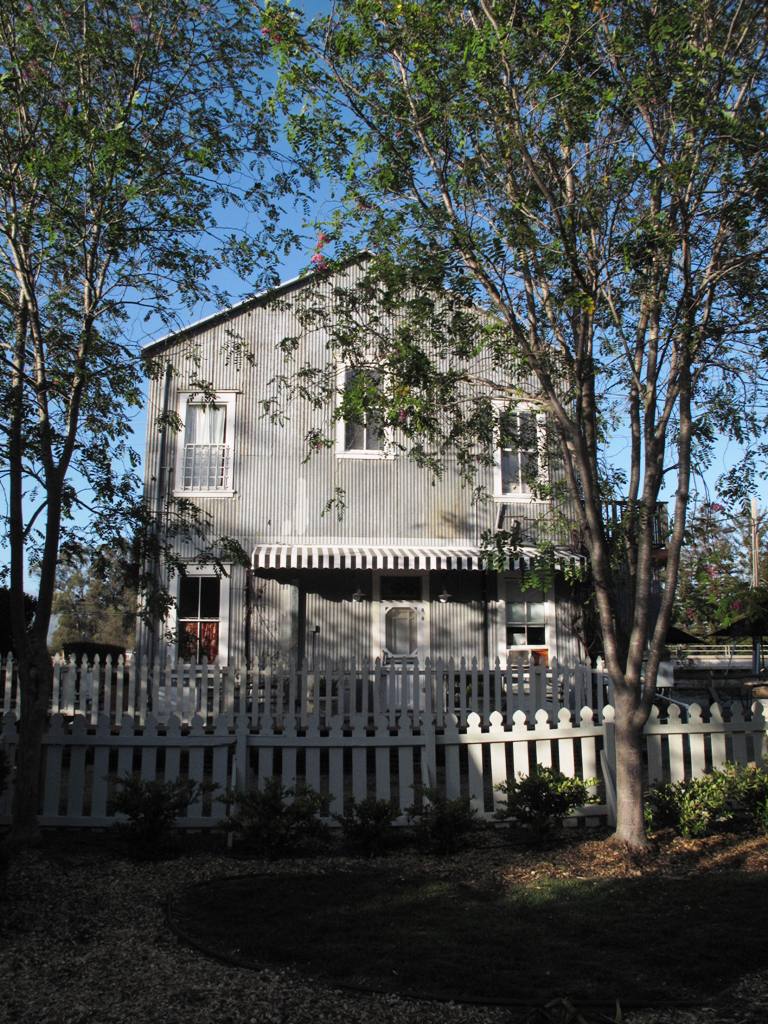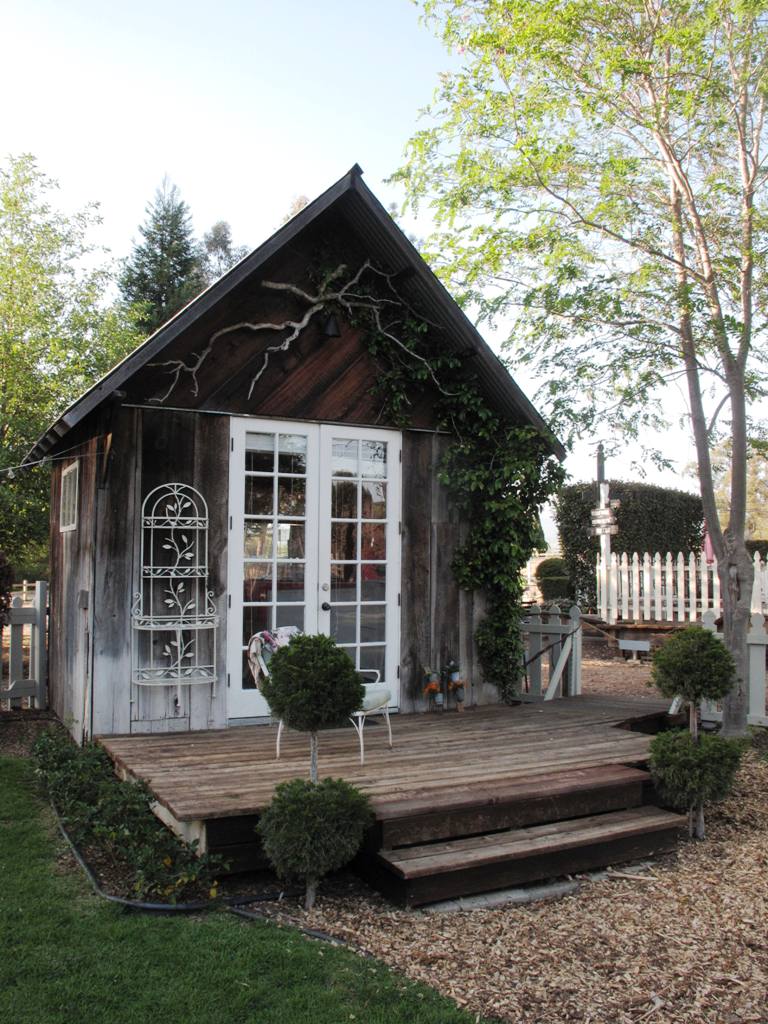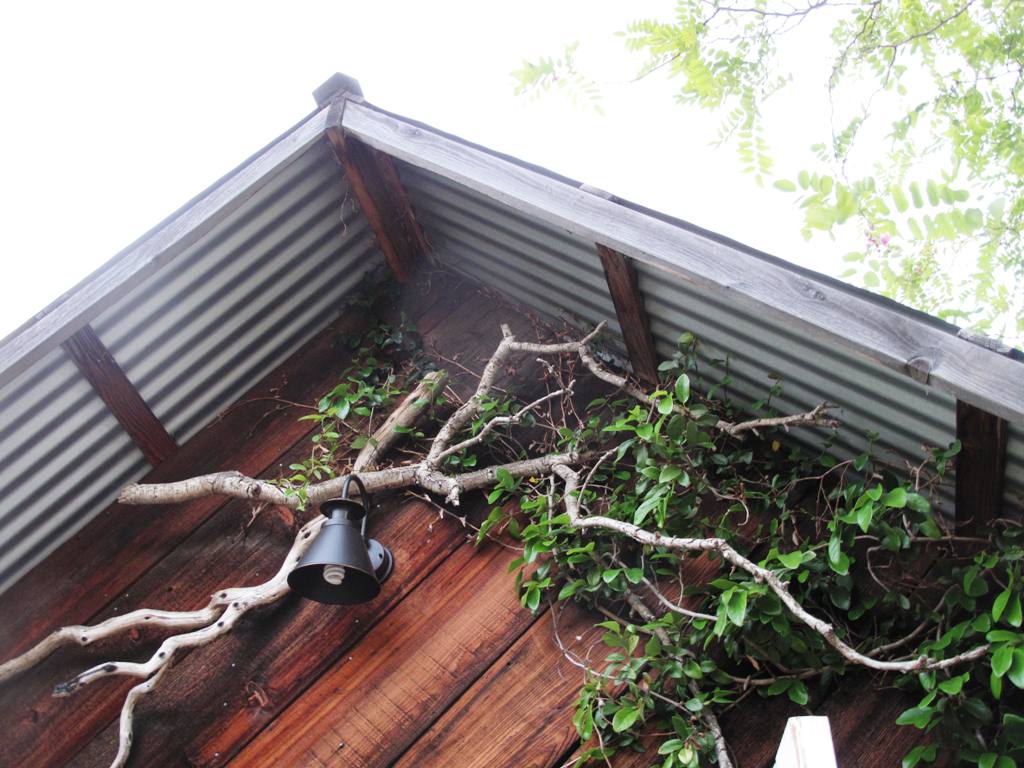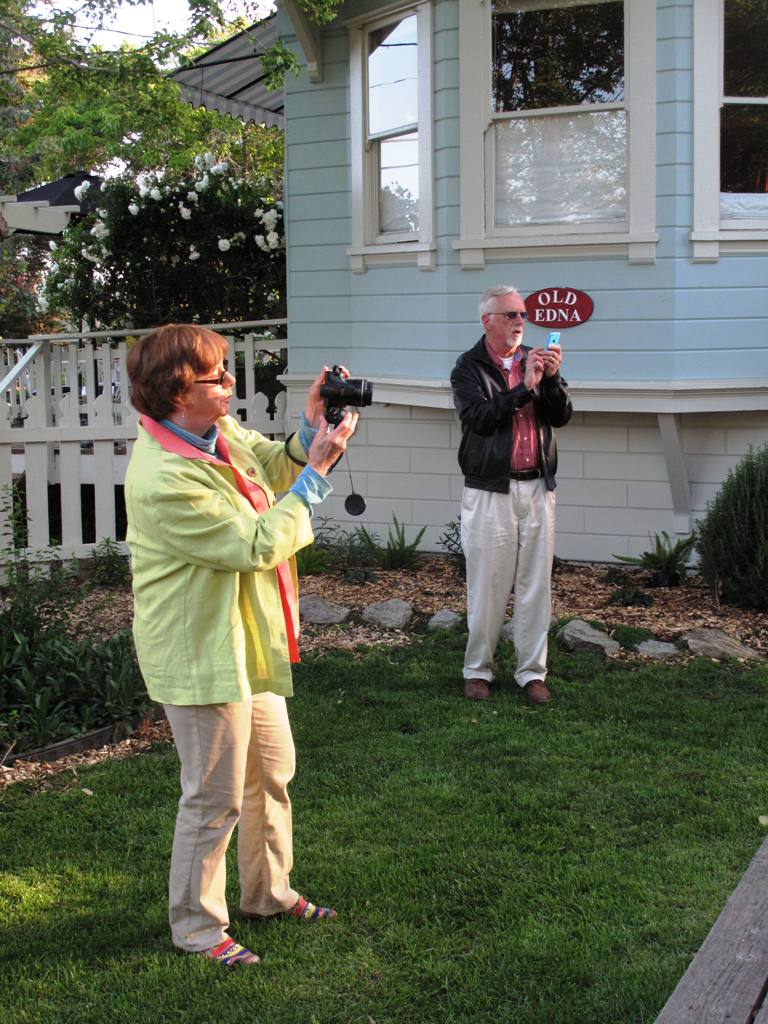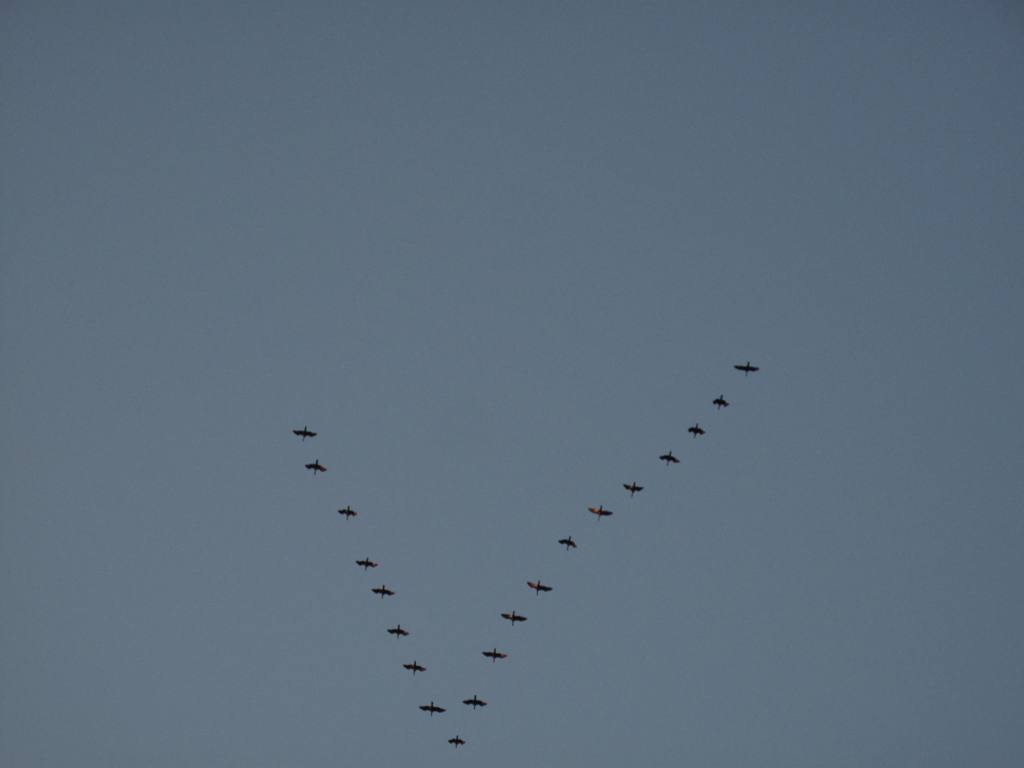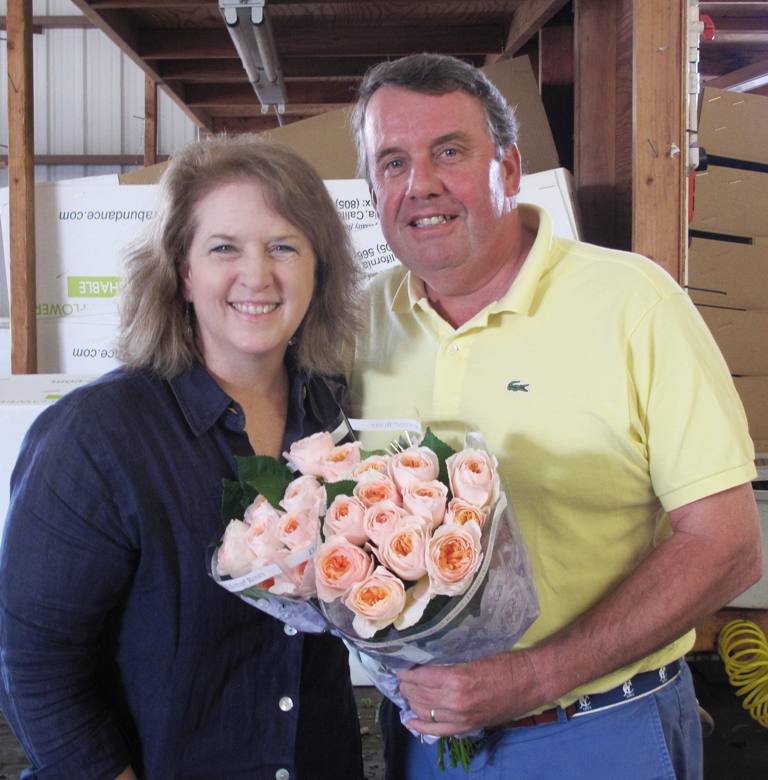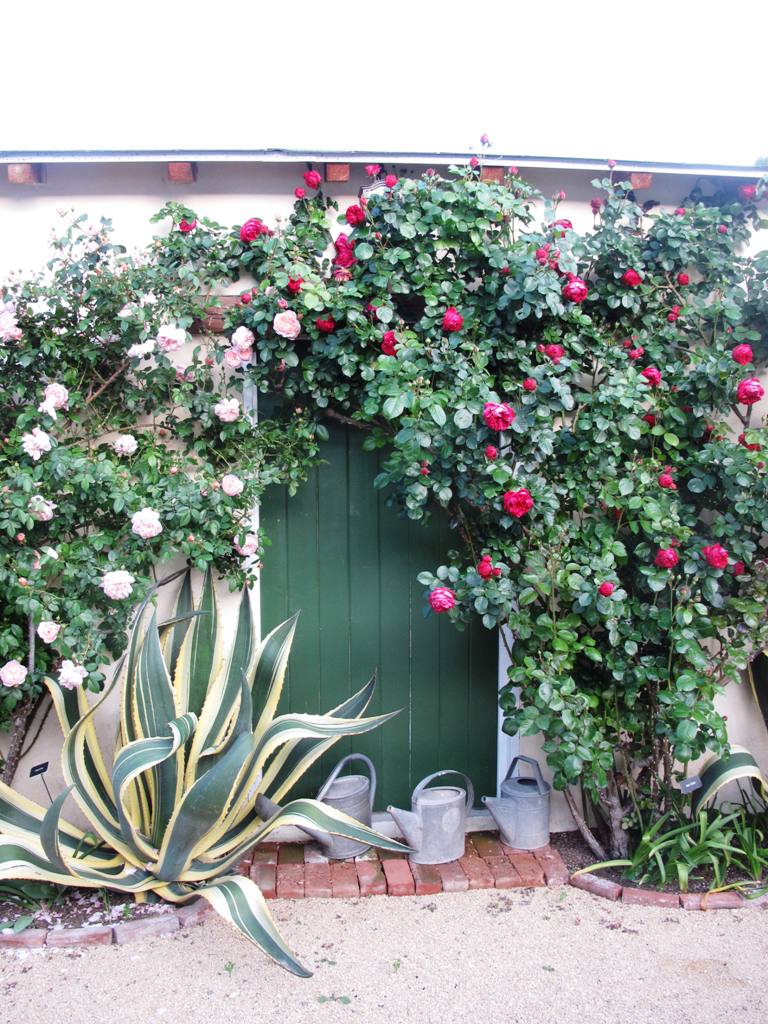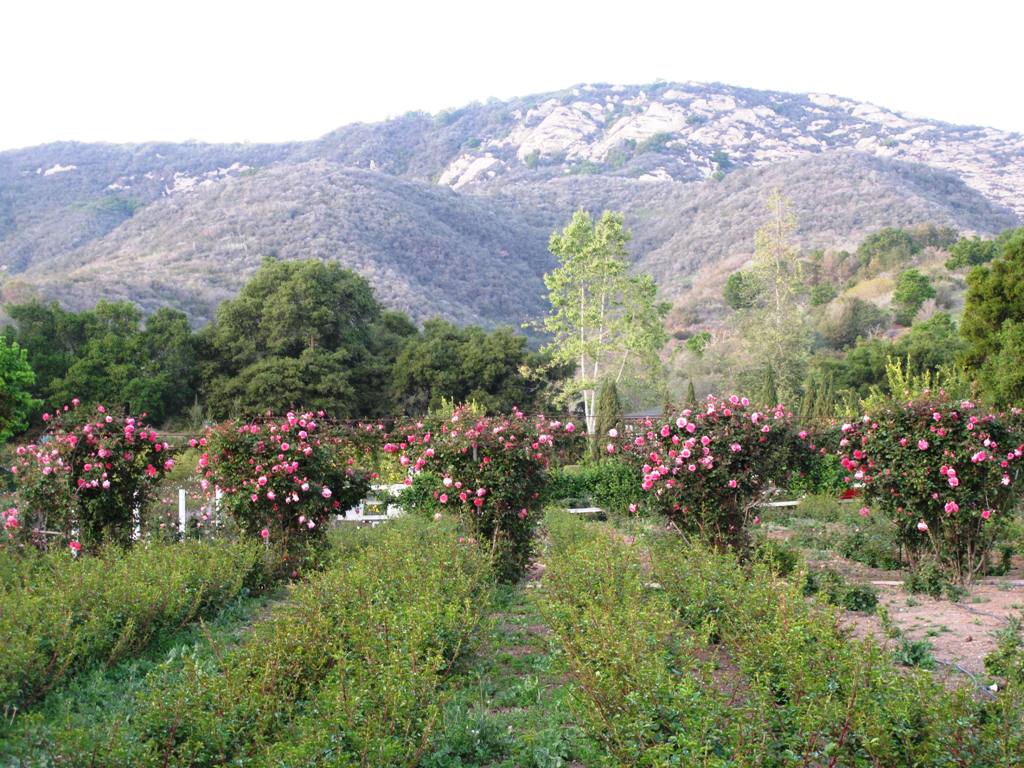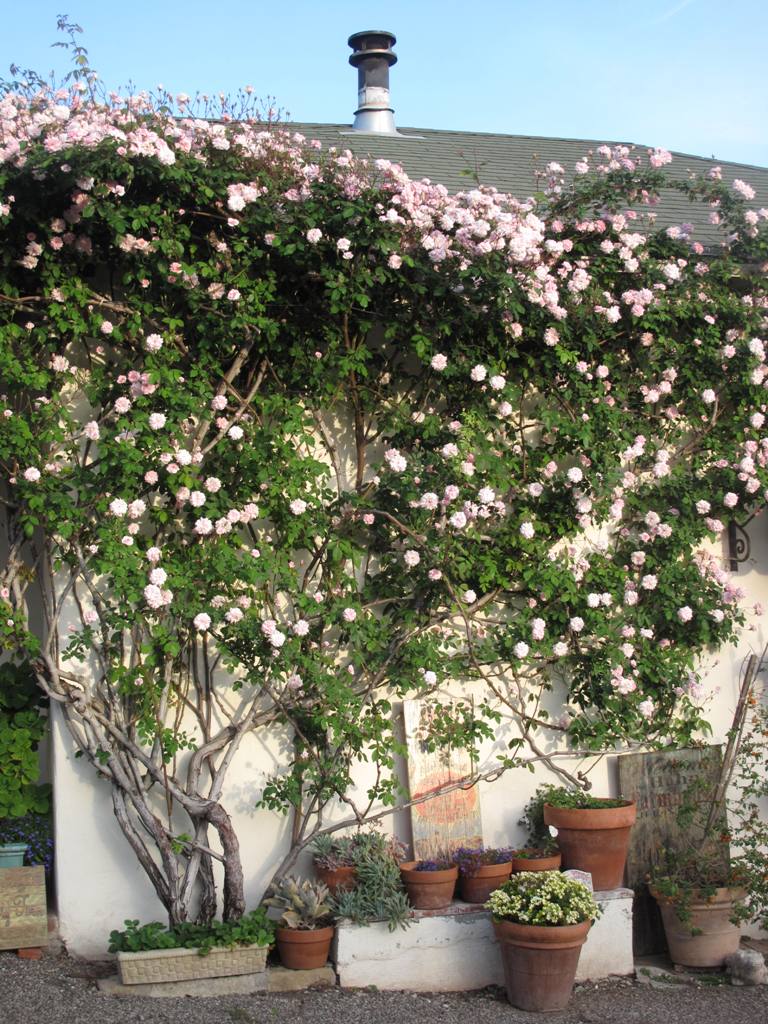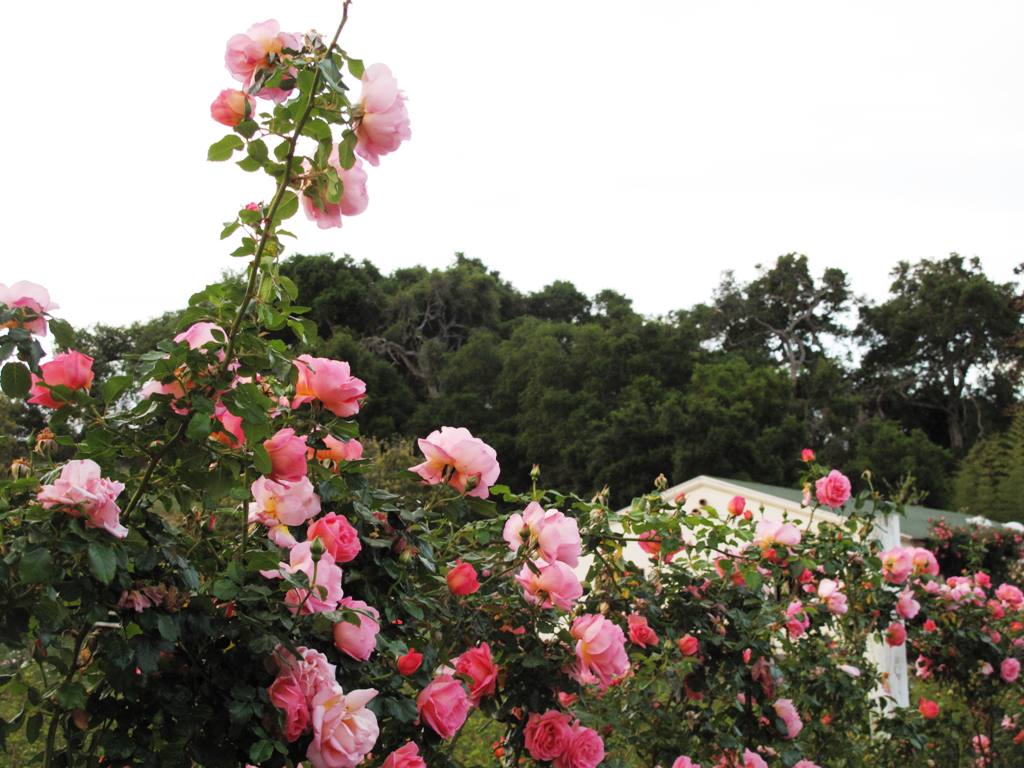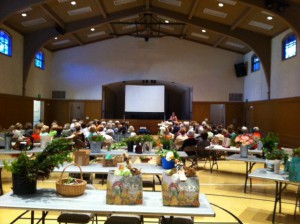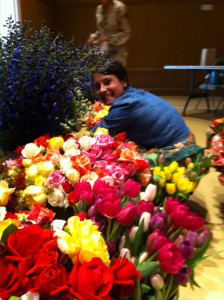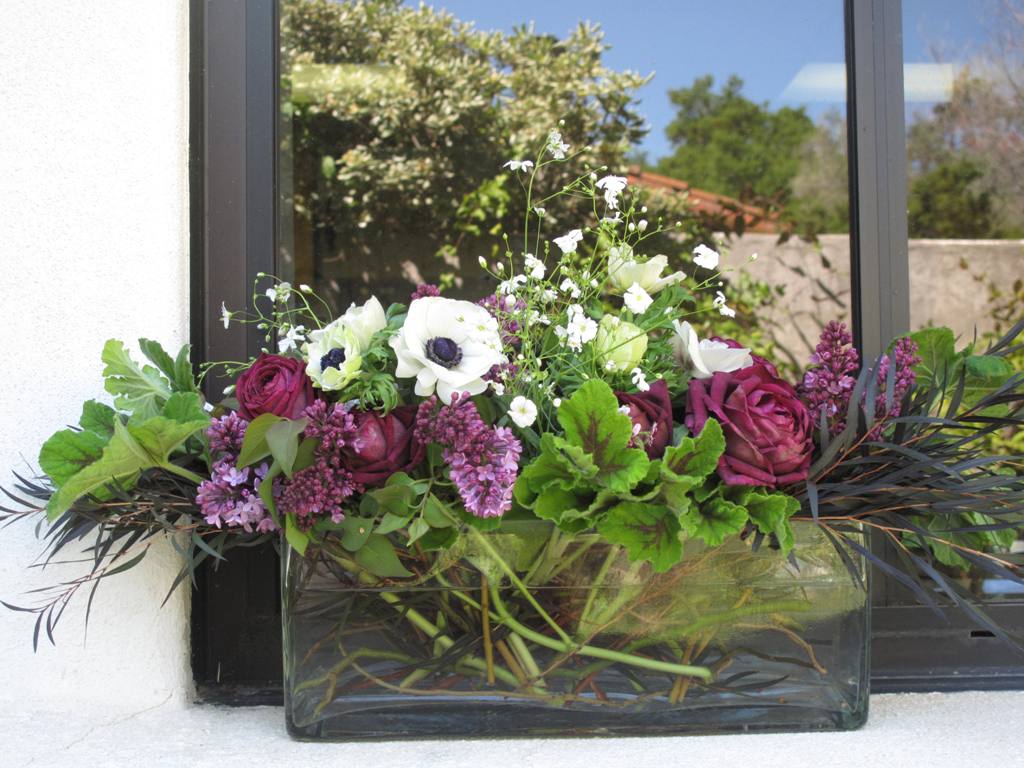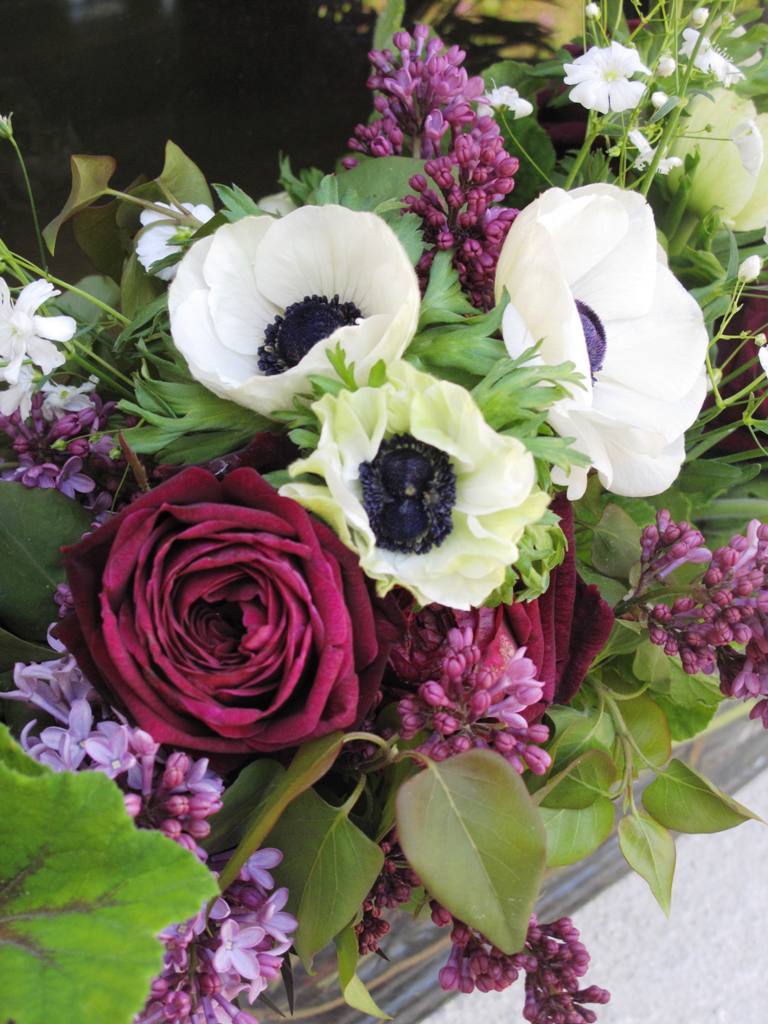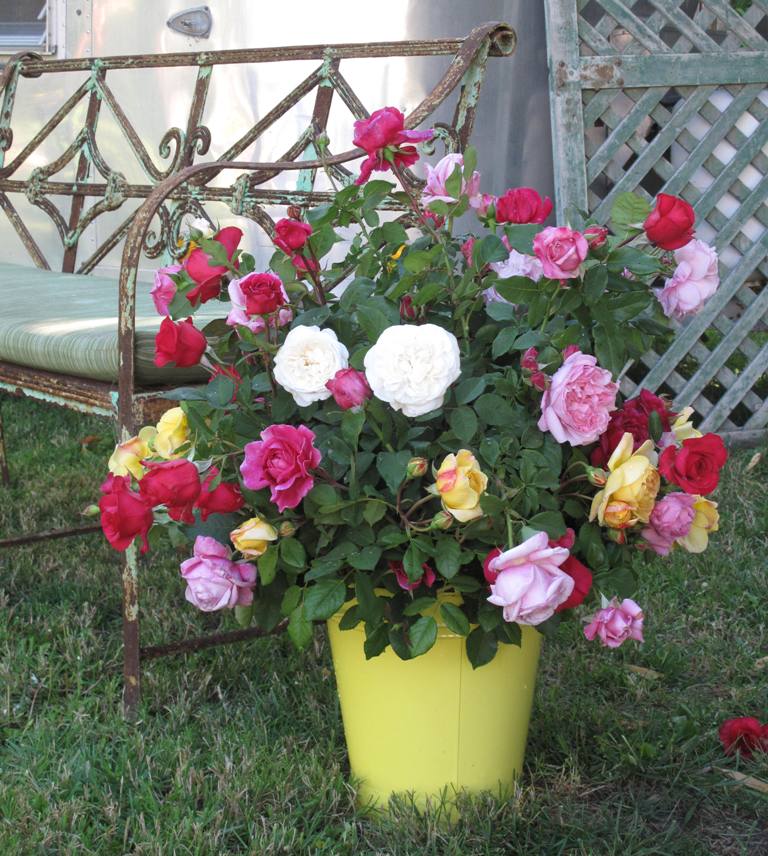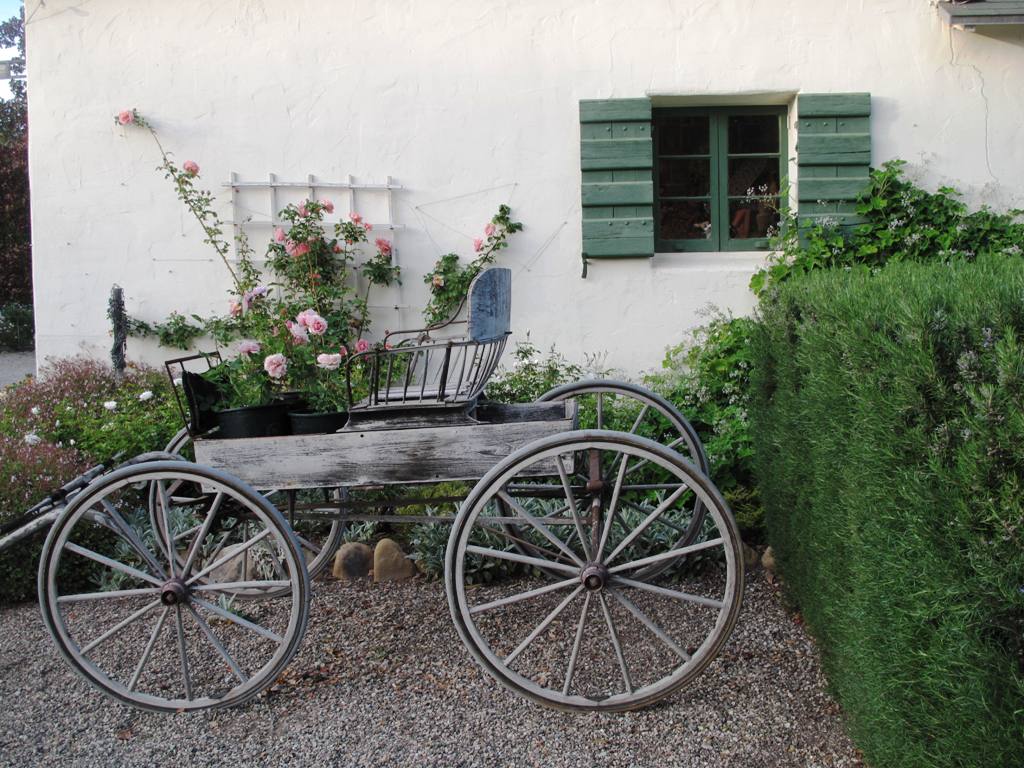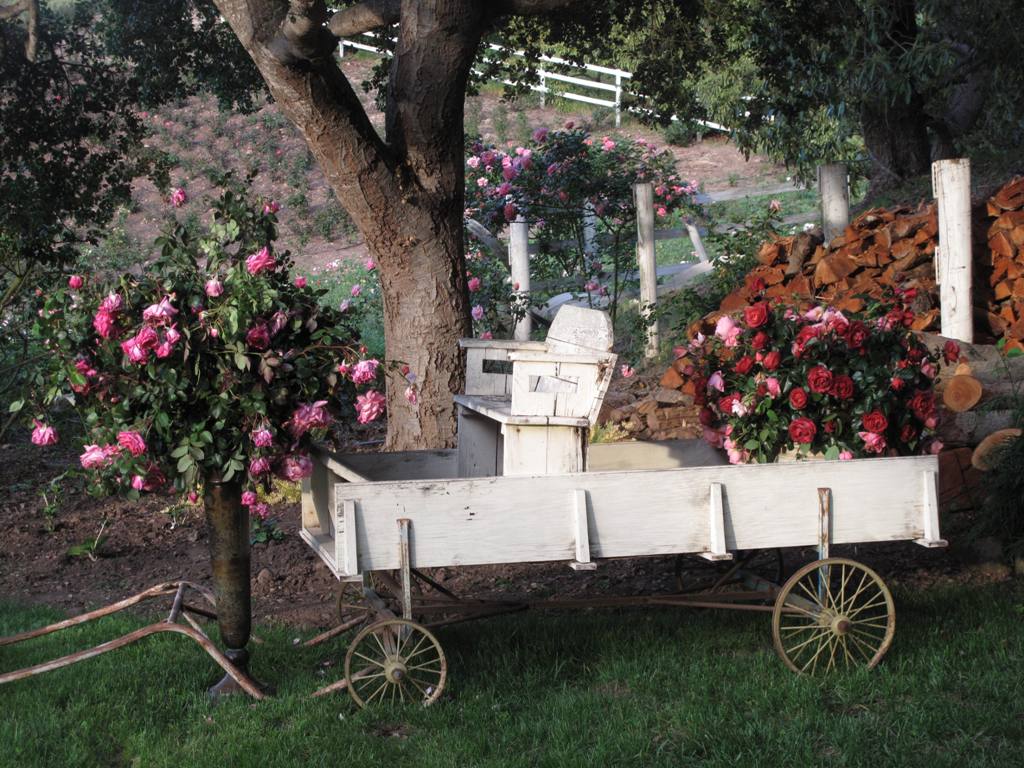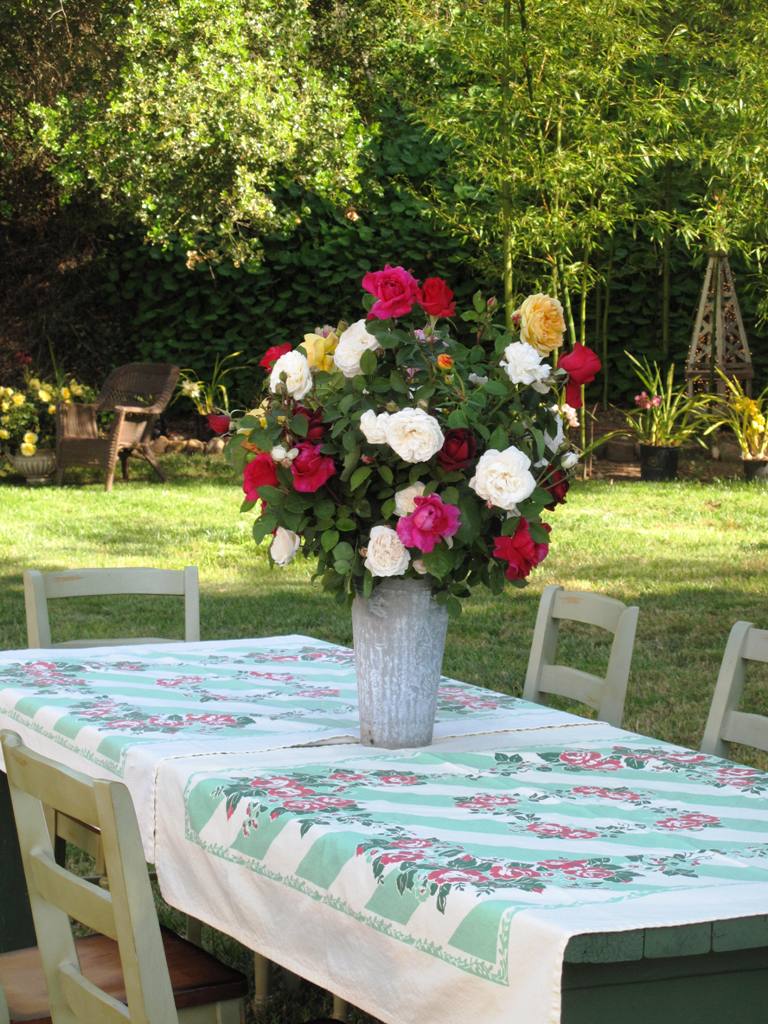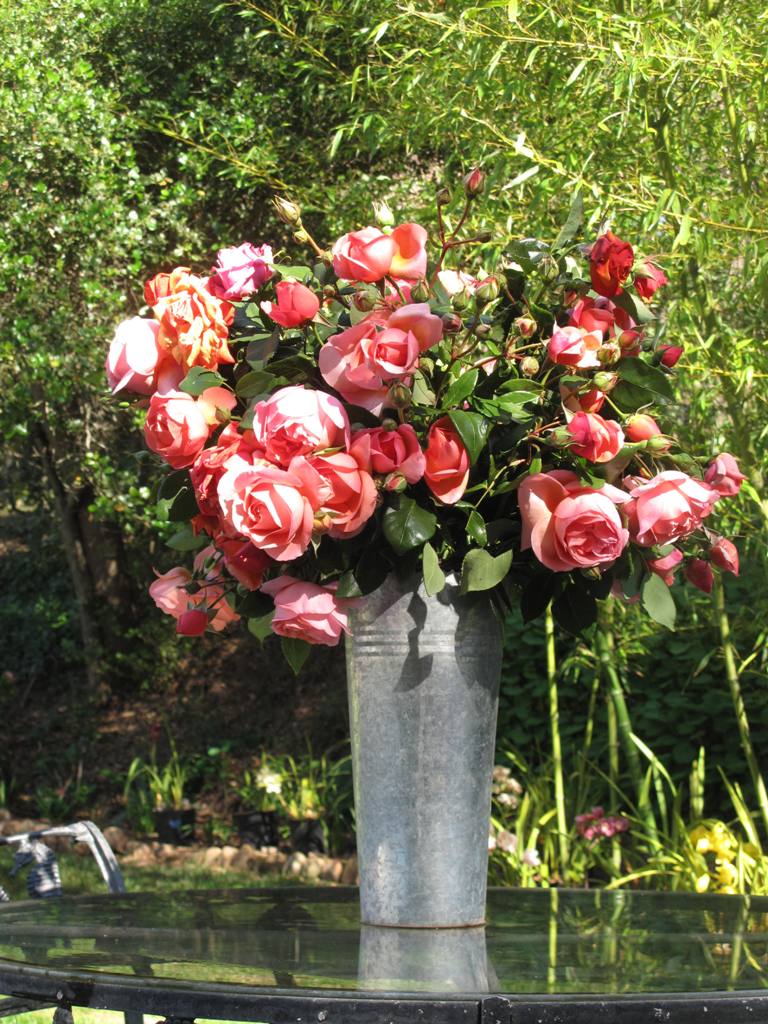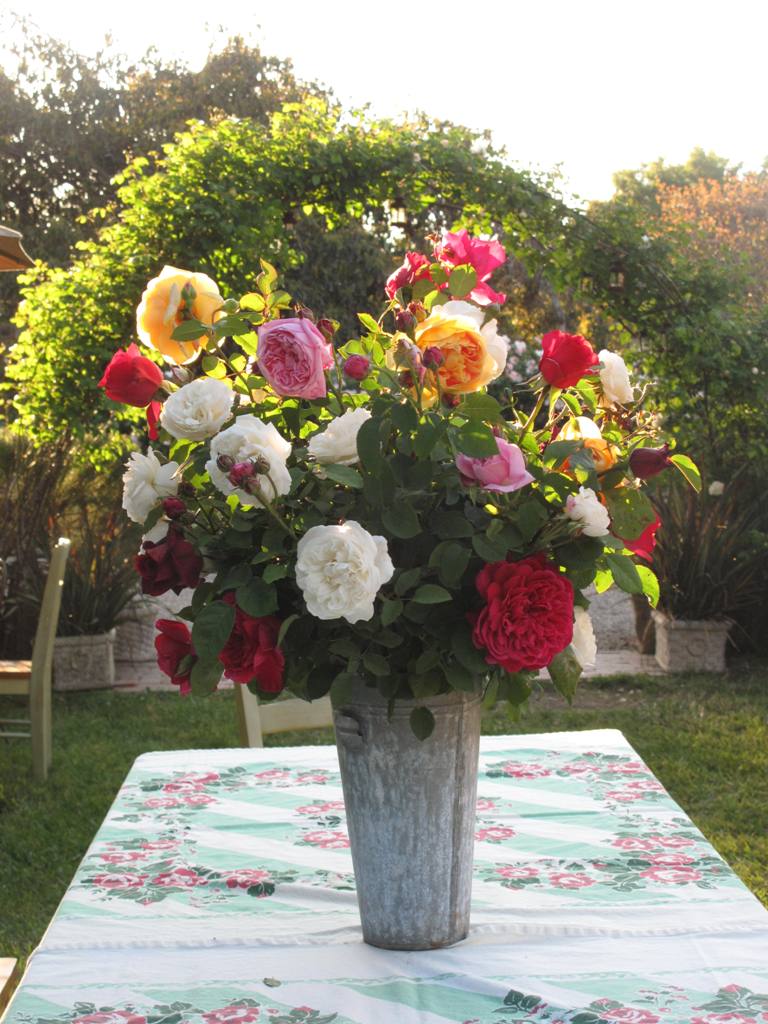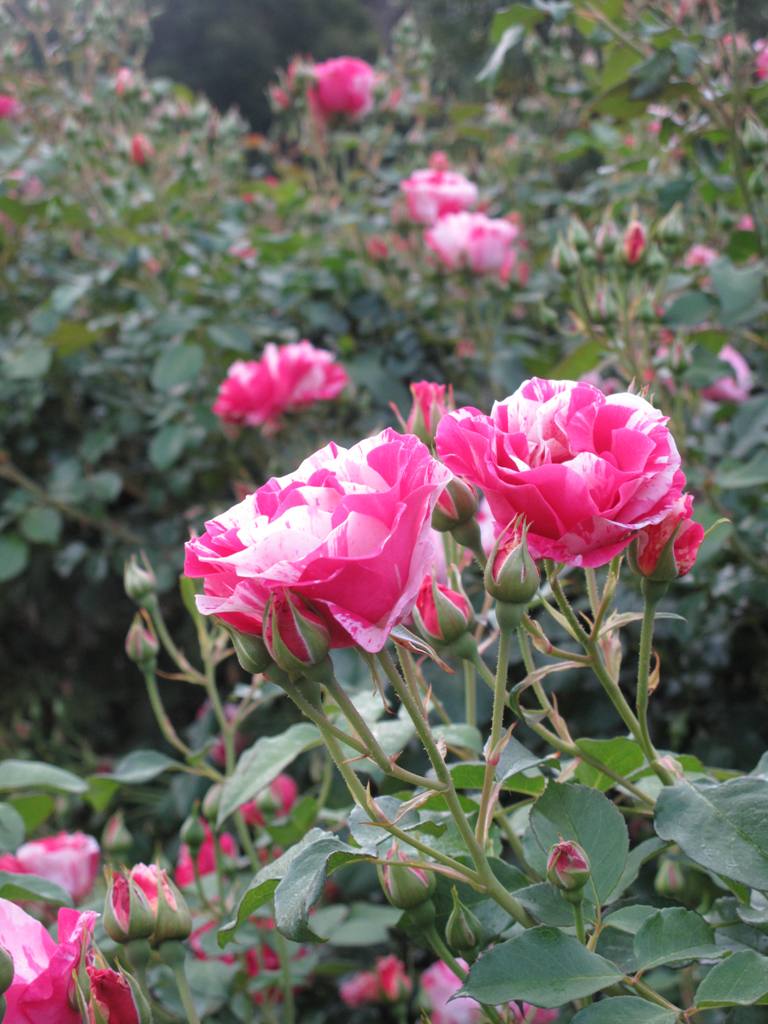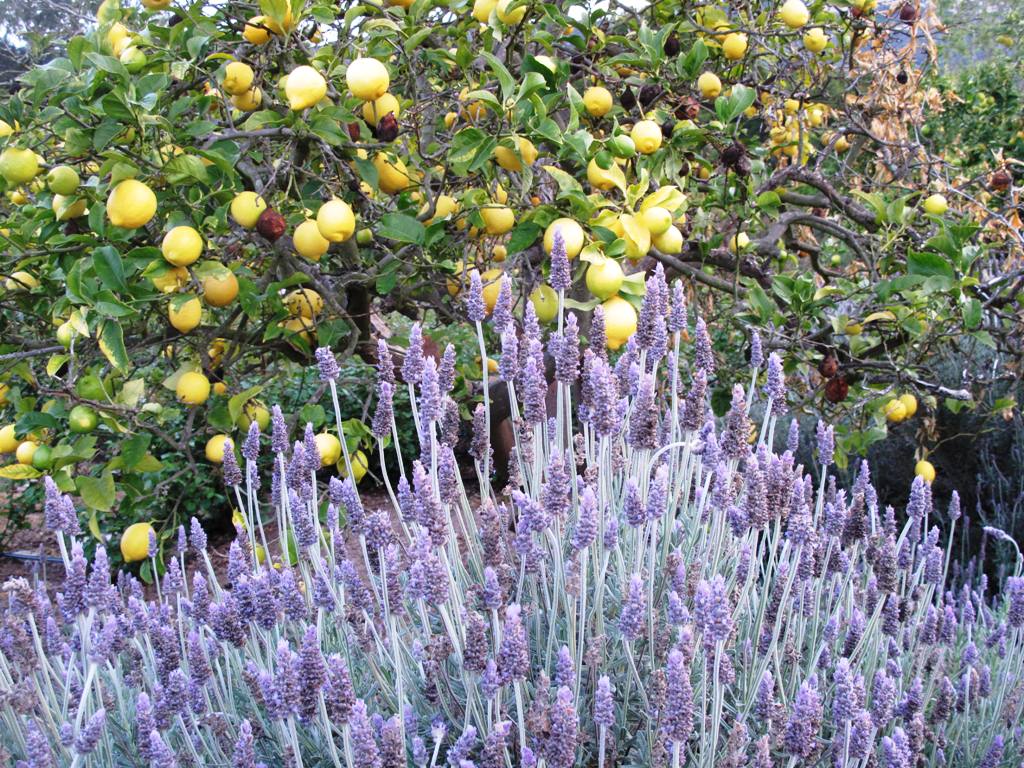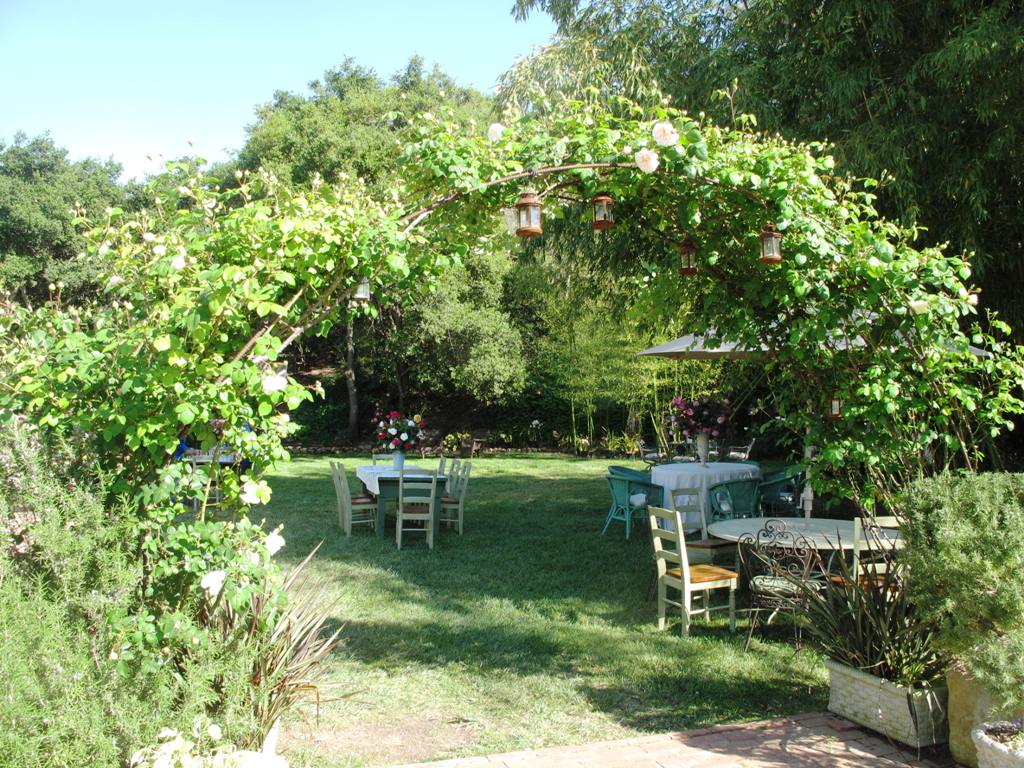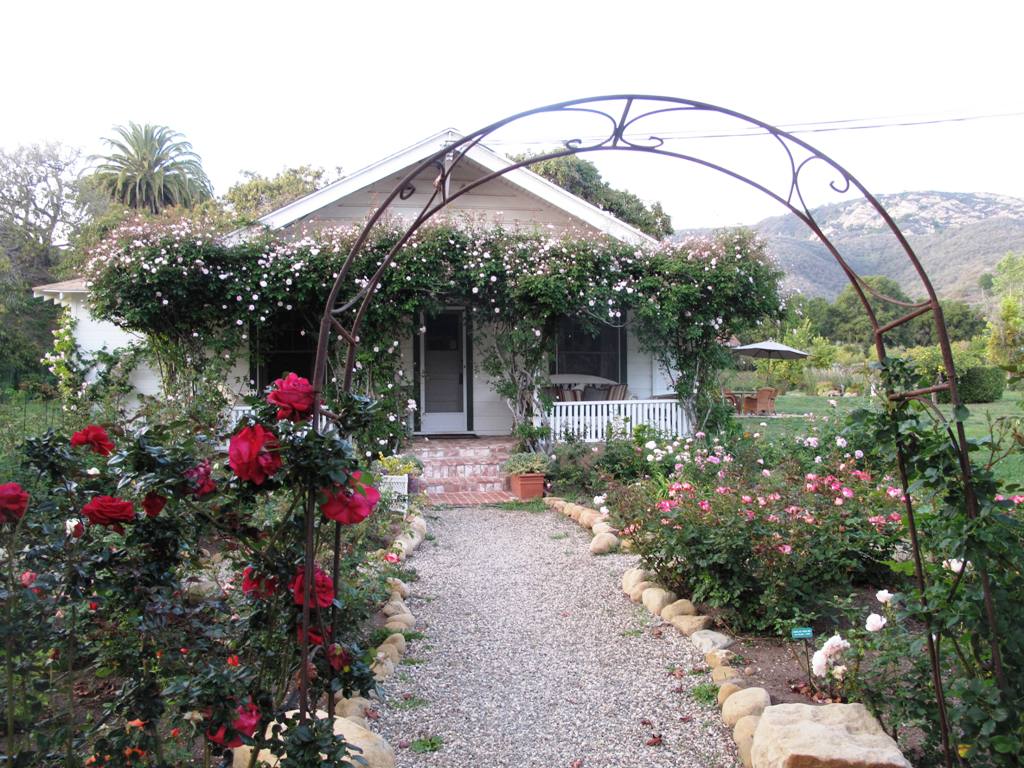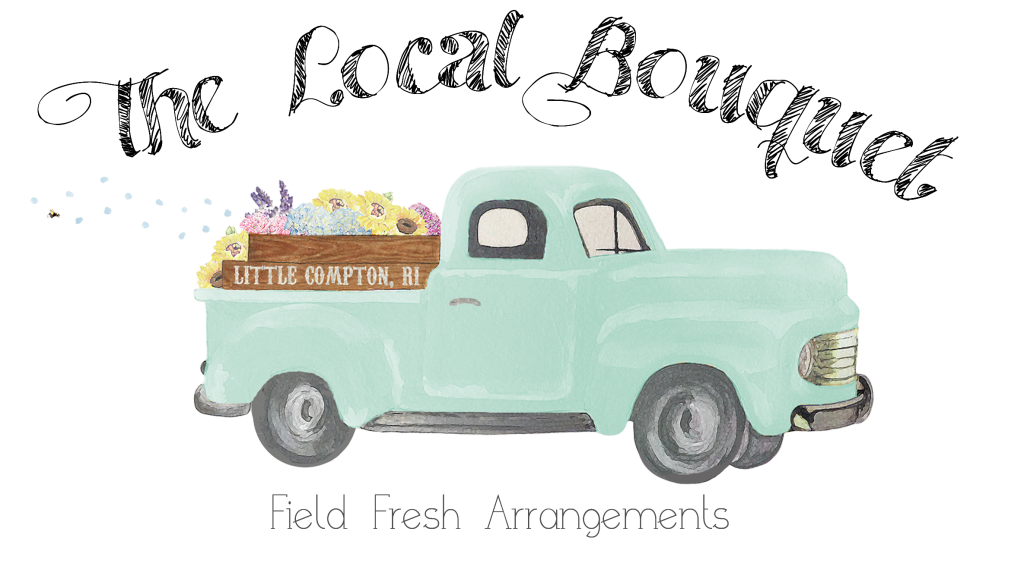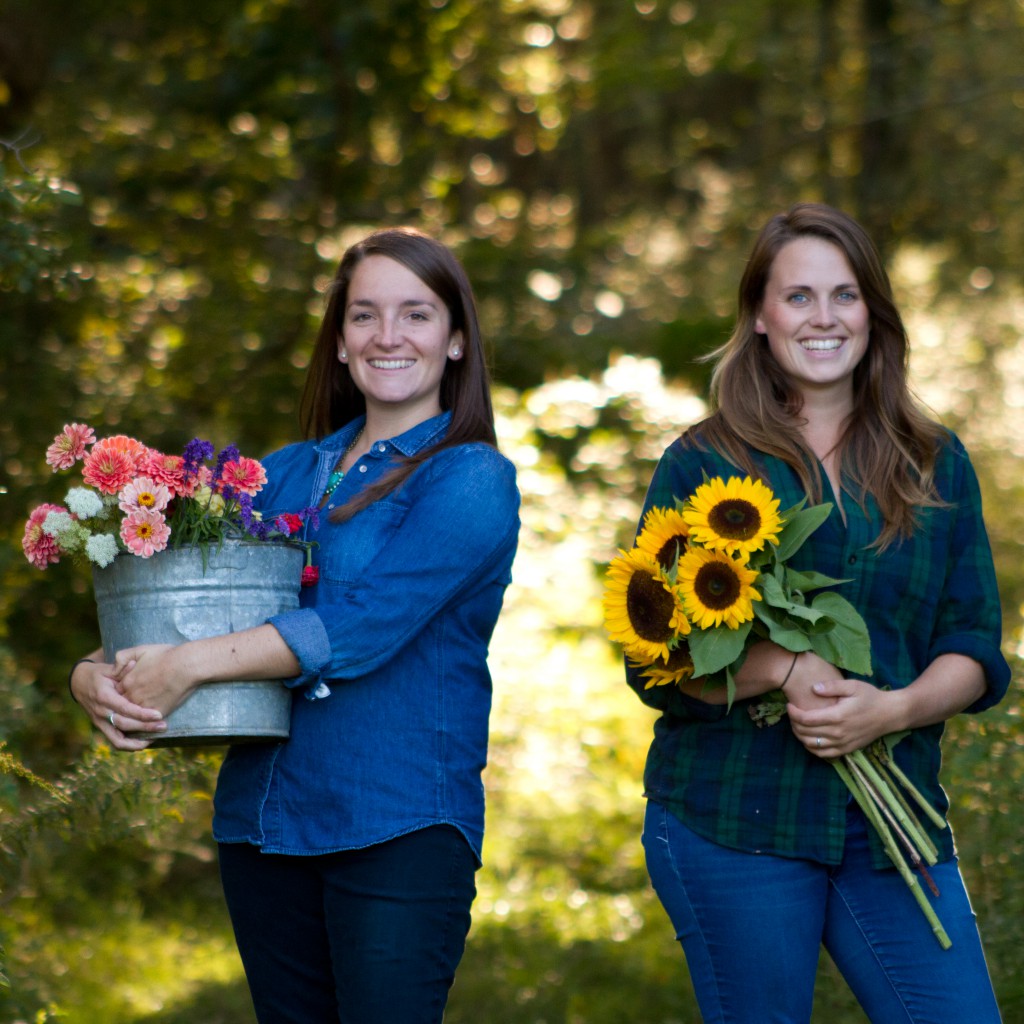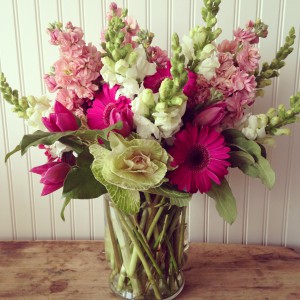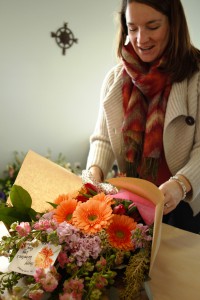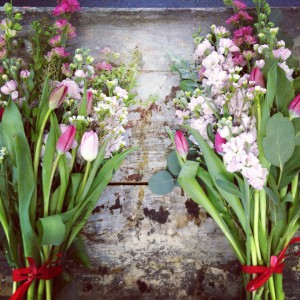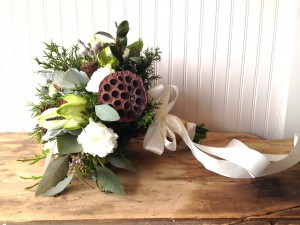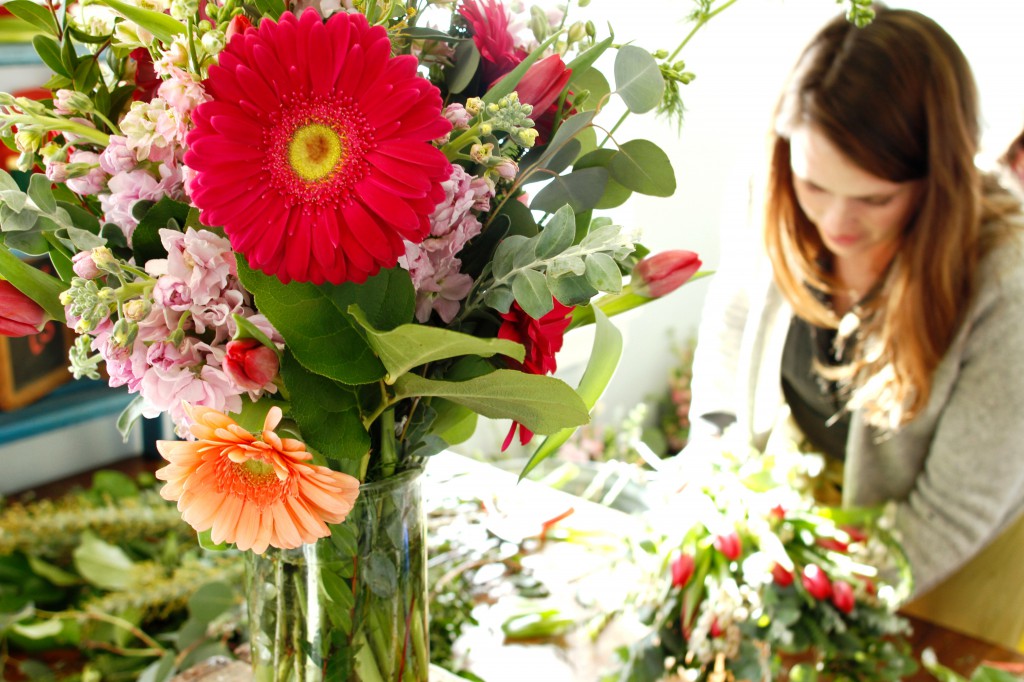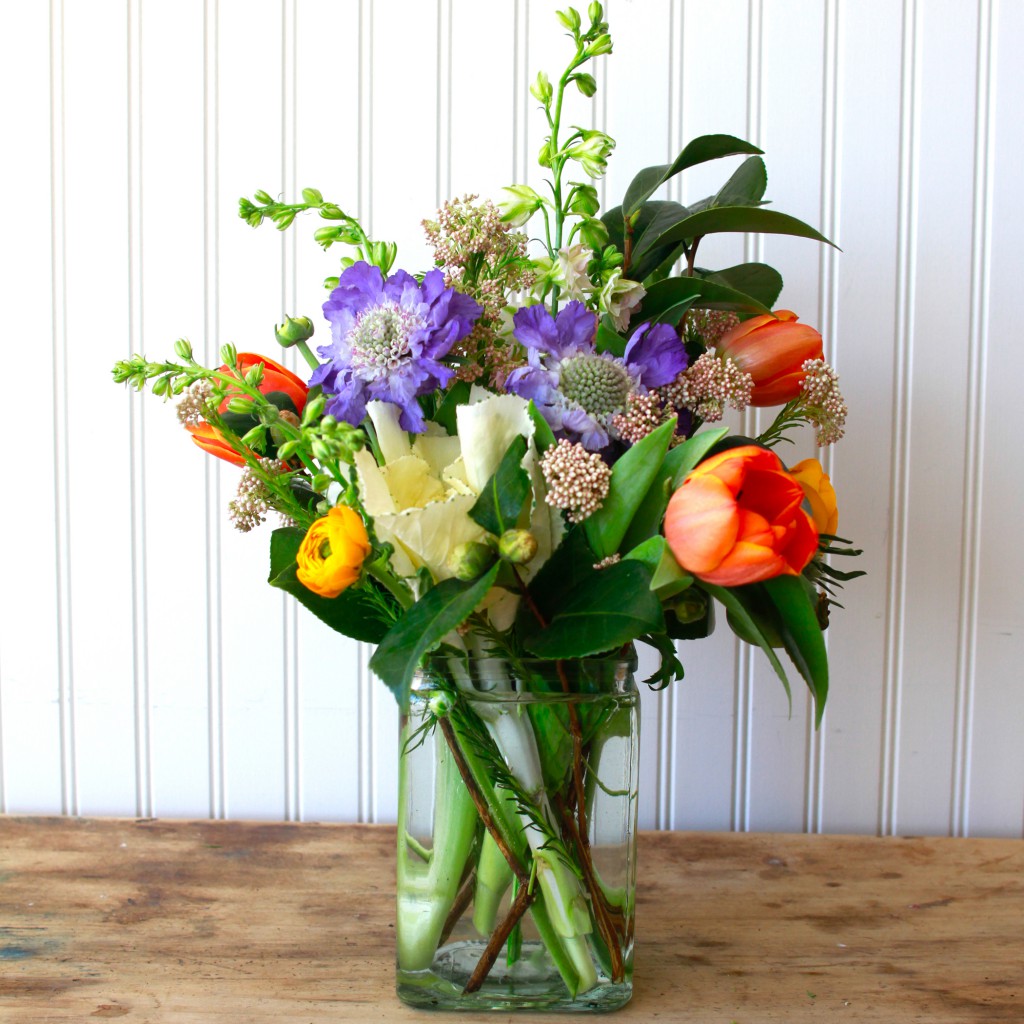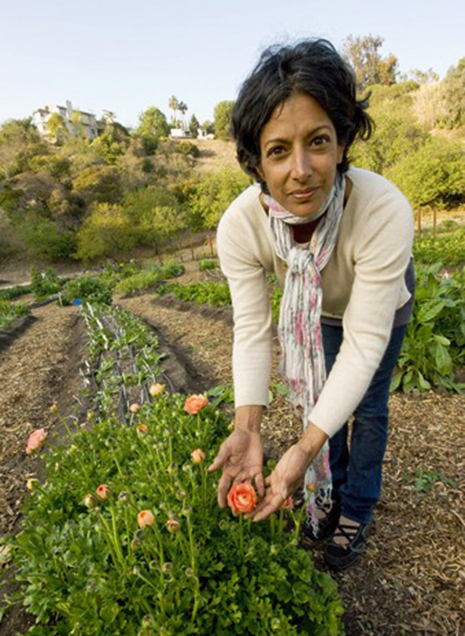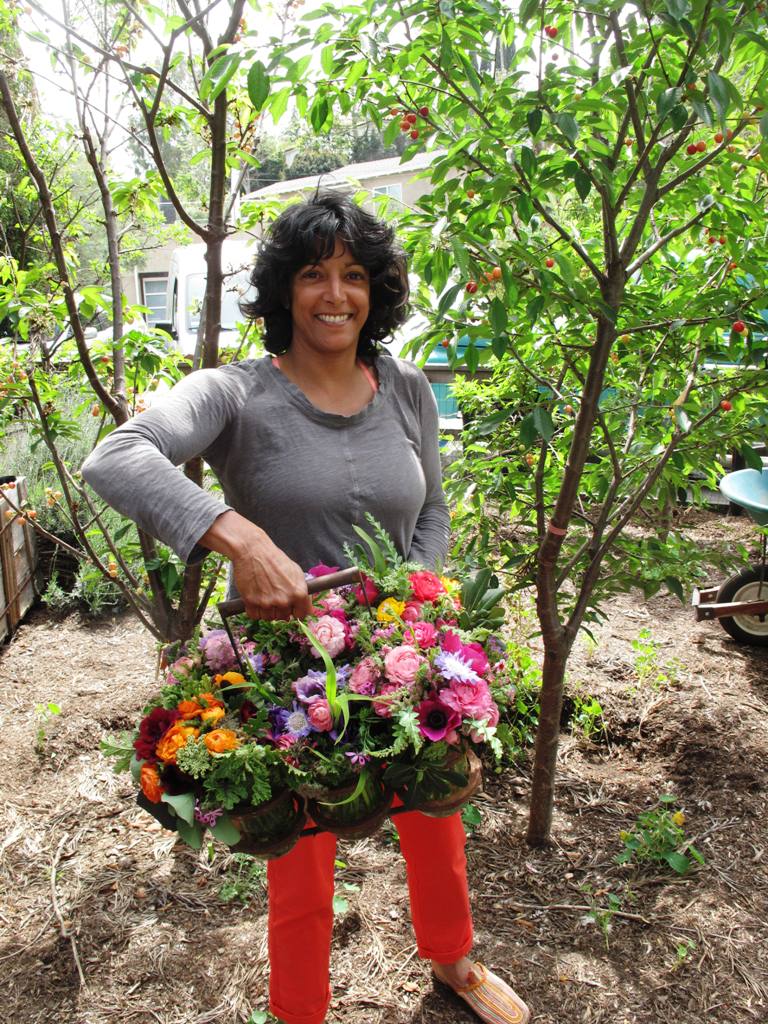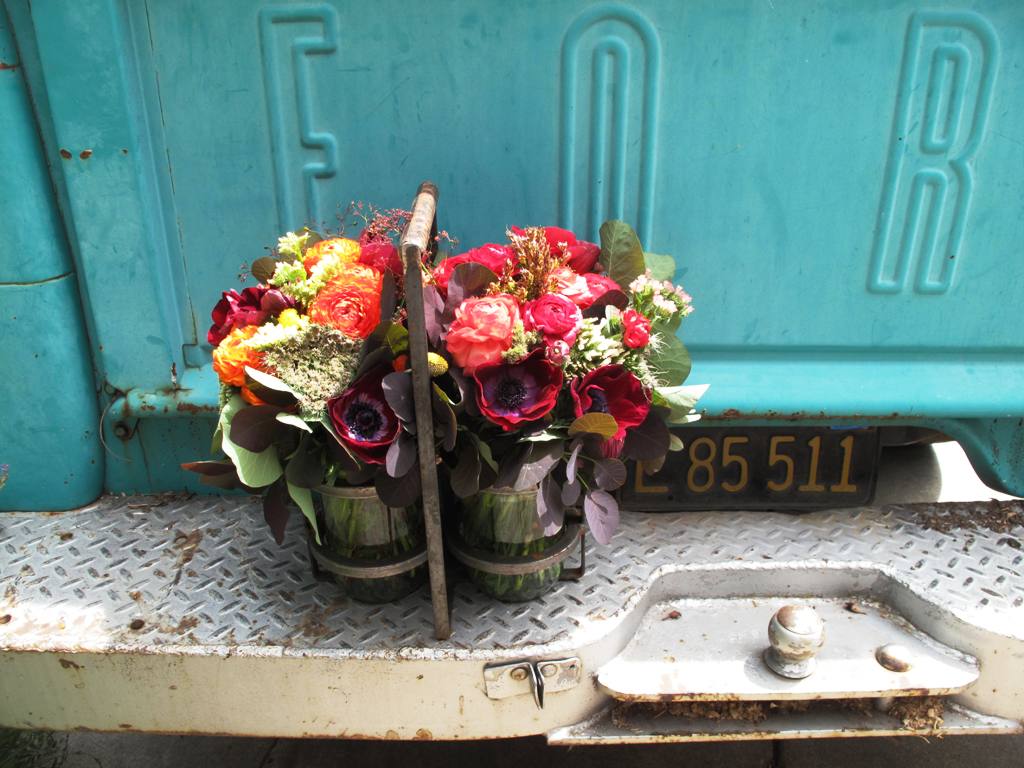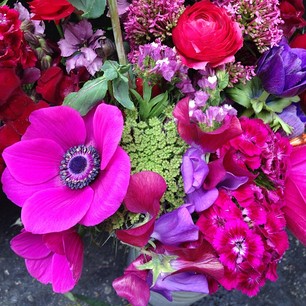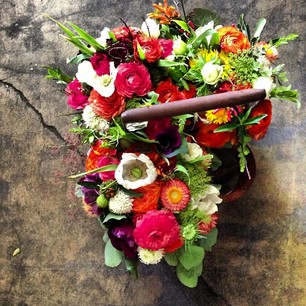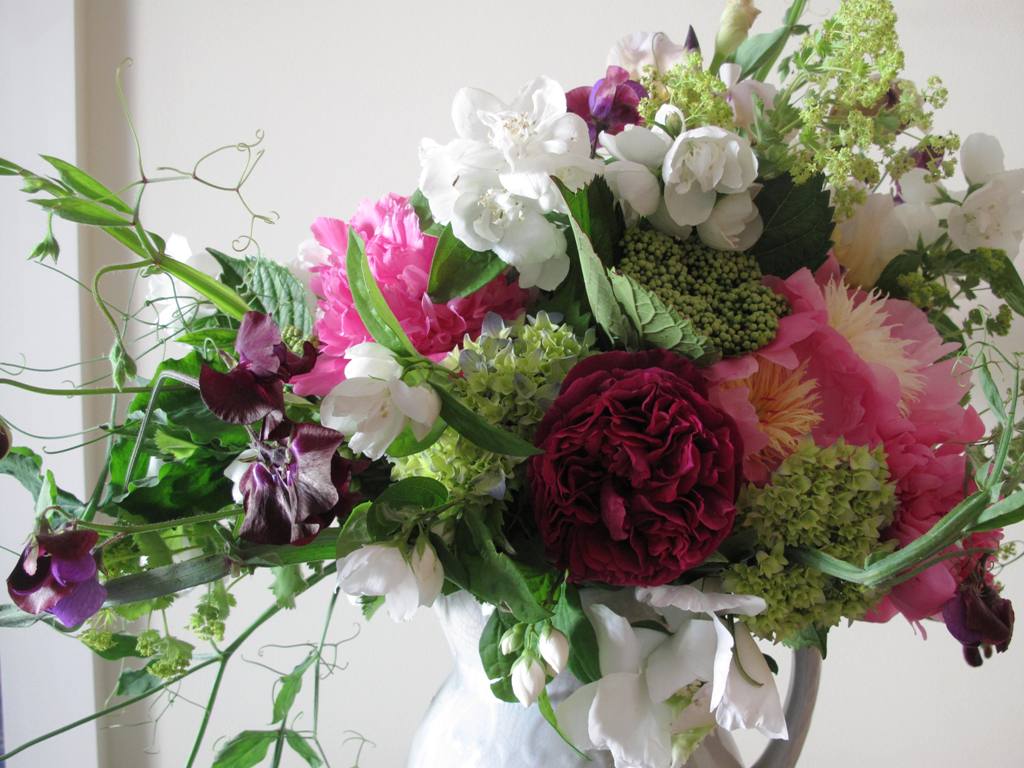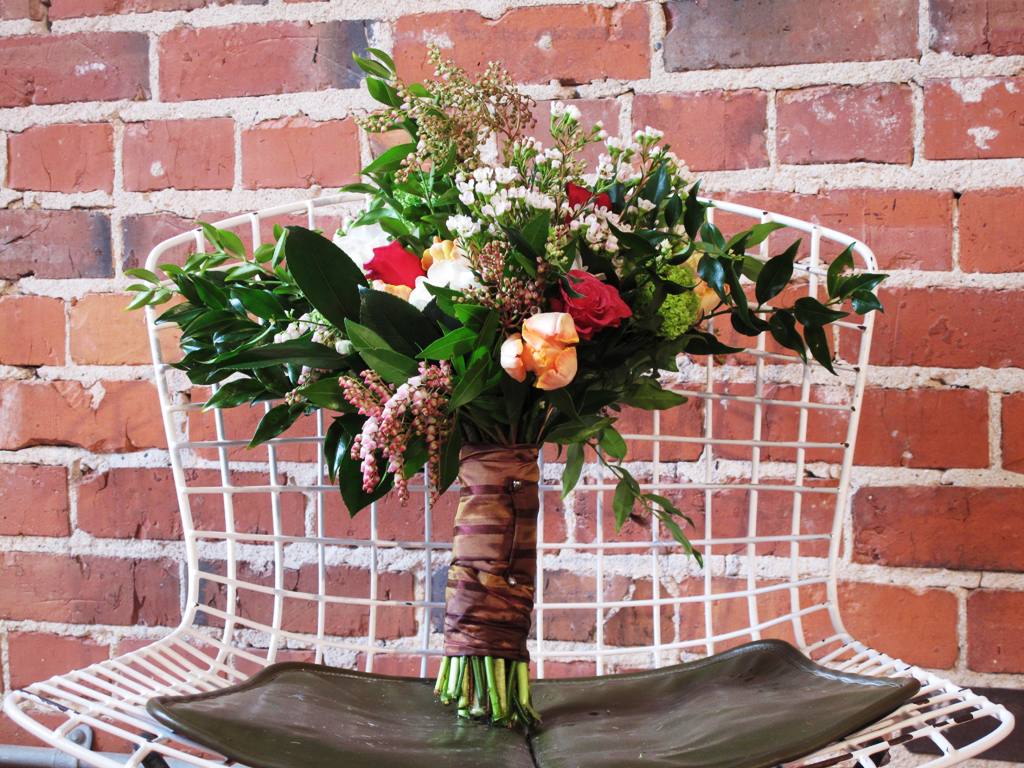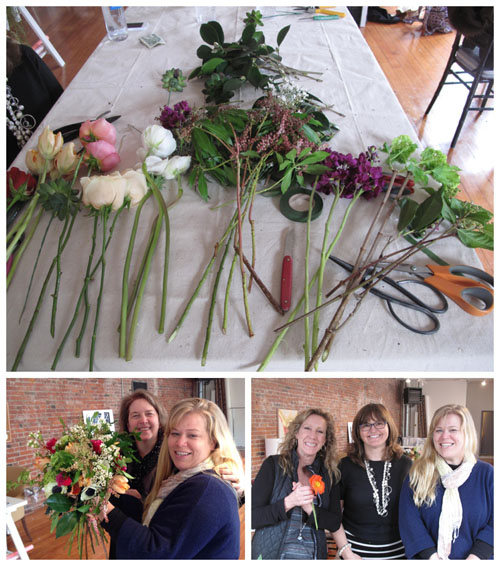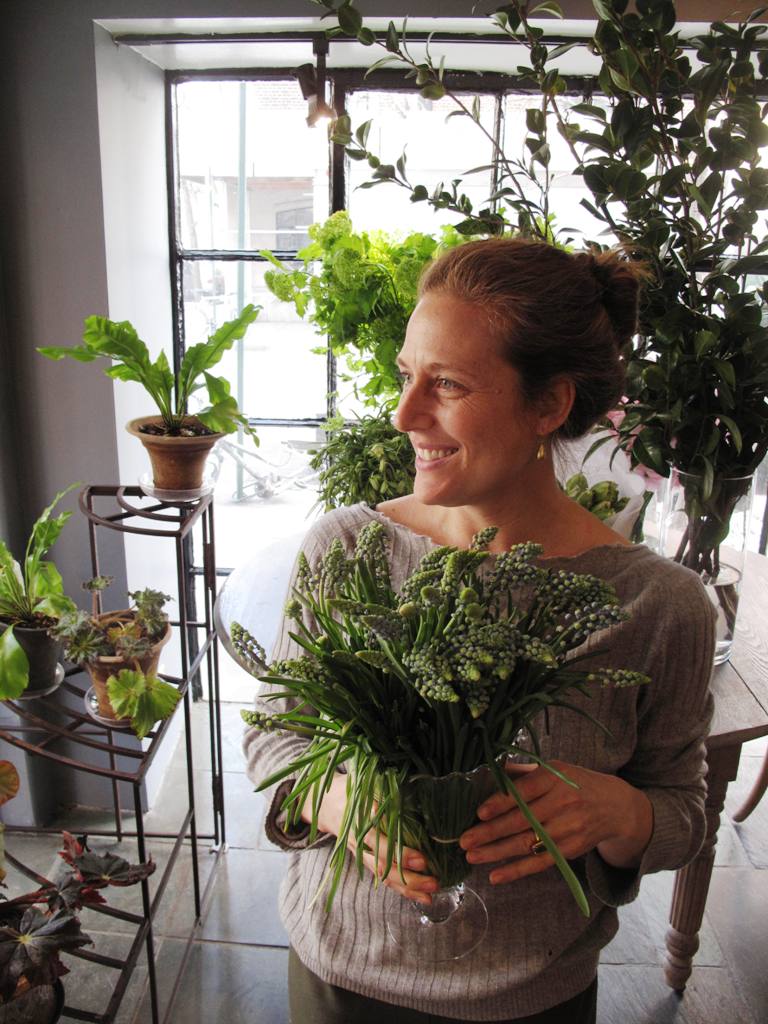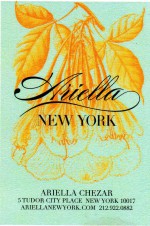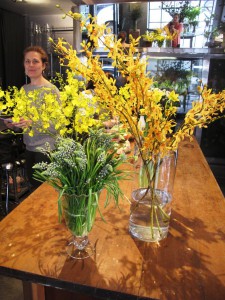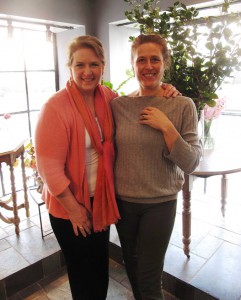Podcast: Play in new window | Download
Subscribe: Apple Podcasts | Podcast Index | RSS | More
Last week was quite amazing in so many ways. First of all, I was on assignment for Country Gardens magazine, working with the uber-talented photographer Laurie Black, my collaborator in so many great articles that we’ve created over the years for editor James Baggett and art director Nick Crow.
With her partner-husband Mark King (ever the calm one and a genius when it comes to all the technical aspects of location photography), Laurie and I were tasked with capturing the story of Schreiner’s Iris Farm, the lovely and alluring bearded iris, and the two women who are nearly single-handedly reviving interest in these old-fashioned spring flowers.
Those women are my guests today – Sarah Ryhanen of Saipua and Nicolette Owen of Nicolette Camille. While they independently own their own Brooklyn-based floral studios, together the friends collaborate as teachers through The Little Flower School of Brooklyn.
Smitten by the bearded iris, especially watercolor-washed varieties in apricot-peach-pink; smoky browns; mustardy-yellow; mahogany and silvery-lavender spectrums, Nicolette and Sarah have been fans of Schreiner’s Irises for years.
They worked with the Salem, Oregon-based, third-generation family farm to create a one-day Iris-intensive and invited students to join the fun.
Here’s how the workshop was described:
In this class, students will bask in the glory of the fields at peak bloom, and in a tour of the display gardens witness first hand the incredible diversity of color and form this unique perennial offers. We’ll discuss and demonstrate the tenets of composing an arrangement in our elegantly layered Little Flower School style. Special emphasis will be placed on flower selection, color blending and the mechanics of building a low lush sprawling arrangement without the use of floral foam. Working with the very best of the Schreiner’s specimens, along with a menagerie of other locally grown Oregon flowers, students will receive in-depth. one-on-one instruction as they build their own rambling garden style arrangement.
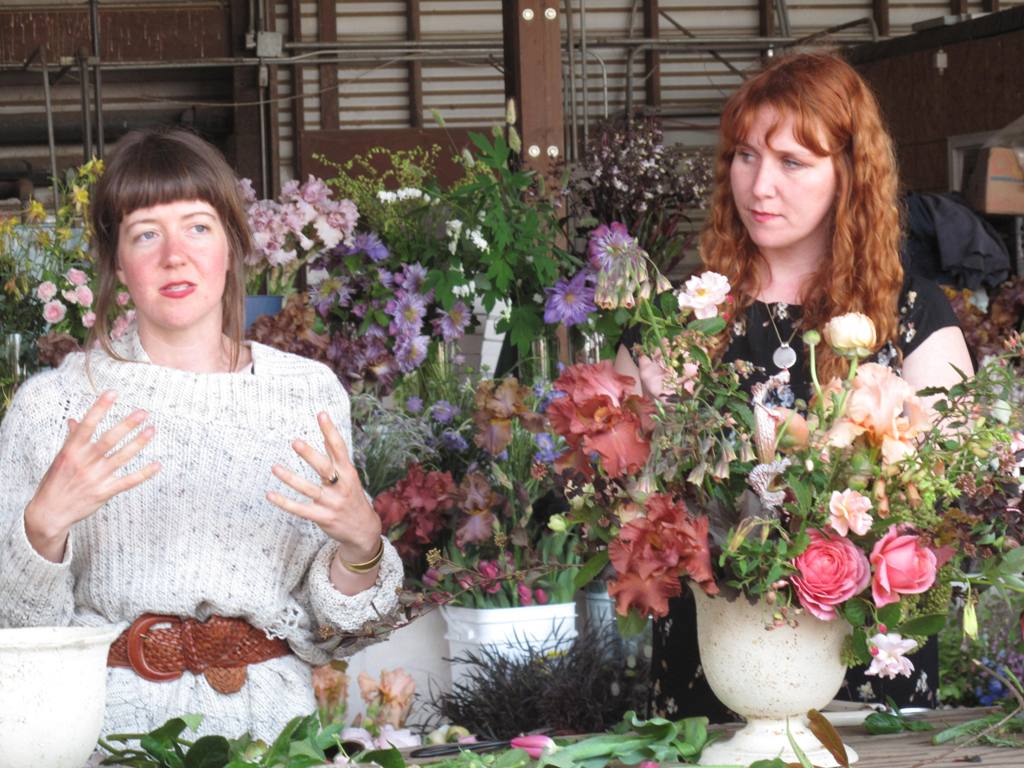
Generous in sharing their knowledge, Sarah and Nicolette demonstrated with their favorite irises, annuals, foliage and perennials.
The day was packed with beauty and creativity. It was an inspired, sublime experience — from the first moment when we met, toured the gallery of irises and the gorgeous display beds showcasing irises and their favorite companion perennials — to an afternoon of floral design instruction. Meeting many members of the Schreiner family was a bonus! Thanks to Steve Schreiner, Ray Schreiner and sister Liz Schmidt (plus we met sister Paula, who stopped by while leading an iris tour for Portland’s Japanese Garden).
About 18 students gathered for the workshop, from established floral designers to apprentices and those considering a career switch, and me – a floral dilettante! Together, we fixated on Sarah and Nicolette’s language of flowers.
These two communicate with such beautiful interlocking poetry and prose. And you’ll just have to wait for the summer 2015 issue of Country Gardens to learn more, read my story and see Laurie’s awesome photography!
After our workshop, however, the three of us sat down in the double-Adirondack benches so generously provided by the Schreiner family. We talked a lot about the farmer-florist concept, the Slow Flowers movement, and the importance of staying close to the source of your flowers.
Here’s a little more about The Little Flower School of Brooklyn:
The Little Flower School is the teaching project of Nicolette Owen (Nicolette Camille) and Sarah Ryhanen (Saipua); each known for their loose, natural, garden-focused floral designs. Fueled by their reverence for flowers and penchant for travel, the two traverse the globe teaching, learning, and hunting down the most beautiful floral specimens.
Sarah and Nicolette first met over dinner in July of 2008 – a time when each of their separate floral businesses were first establishing. As distinct competitors, their friendship championed a spirit of collaboration and – they hope – has helped to foster an atmosphere of sharing and collaboration amidst a new wave of New York floral designers.
Students of The Little Flower School are men and women; novices, floral enthusiasts, designers in other medium, those looking to start their own floral business, and those with established floral businesses looking to broaden their design knowledge. Classes are seasonally oriented and often exalt a particular flower or design concept.
Here’s more about Nicolette:
Nicolette Owen runs her custom floral design studio, Nicolette Camille Floral, in Brooklyn NY. Her work is known for its romantic effusions, nuanced color and texture. Each arrangement is evocative of both the wild and formal garden. Nicolette’s first book collaboration, Bringing Nature Home, was released by Rizzoli in April 2012.
And more about Sarah:
Sarah Ryhanen is a self taught flower designer, grower and co-founder of Saipua. Her compositions have a haunting, sensual quality. Her work has appeared in publications such as The New York Times, Vogue and Martha Stewart. She splits her time between the Saipua studio in Red Hook Brooklyn and Worlds End, her new flower farm in upstate NY. And listen to my earlier podcast interview with Sarah here, in which we speak of her decision to begin growing her own flowers with her partner Eric Famisan.
Please enjoy this conversation and join in by sharing your comments below.
Thank you for joining me this week. Because of the support from you and others, listeners have downloaded episodes of the Slow Flowers Podcast more than 12,200 times! I thank you for taking the time to join to my conversations with flower farmers, florists and other notable floral experts.
If you like what you hear, please consider logging onto Itunes and posting a listener review.
Until next week please join me in putting more American grown flowers on the table, one vase at a time.
The Slow Flowers Podcast is engineered and edited by Hannah Holtgeerts and Andrew Wheatley. You can learn more about their work at hhcreates.net.










